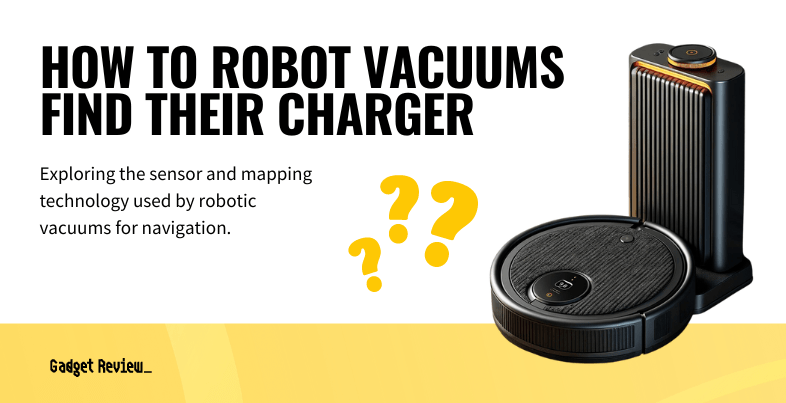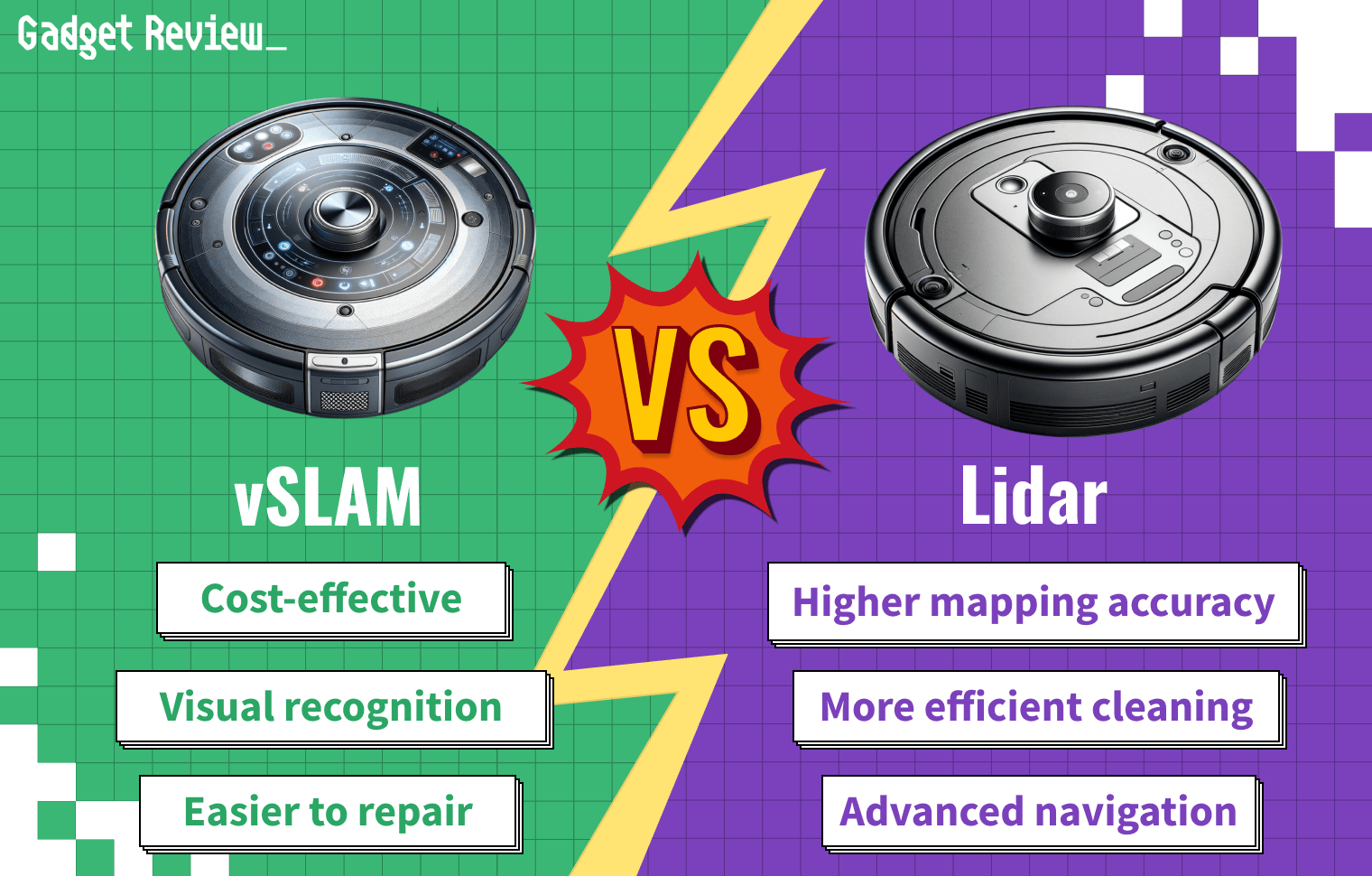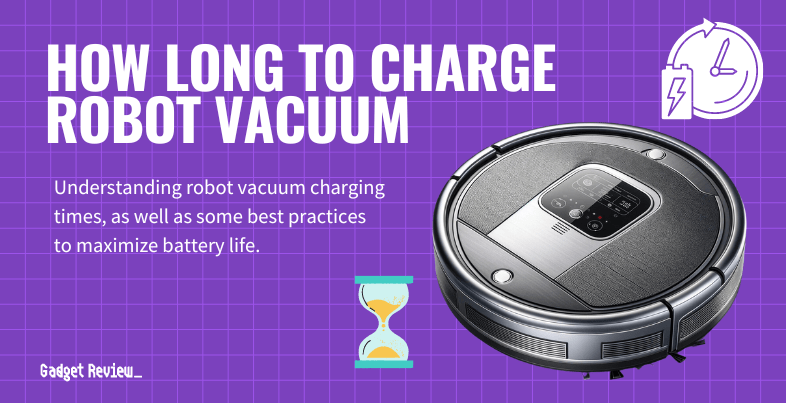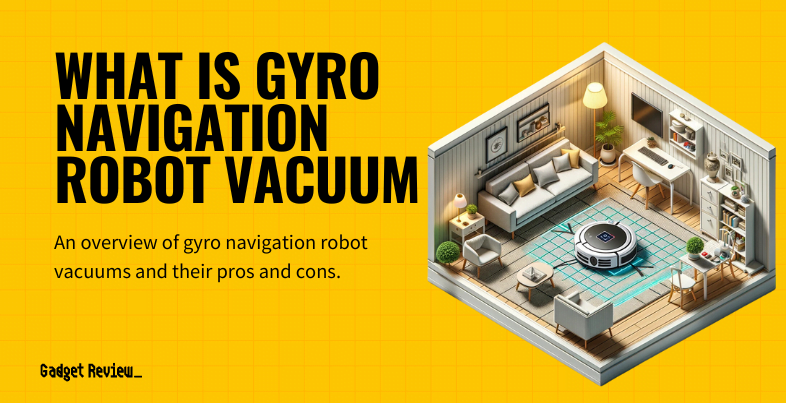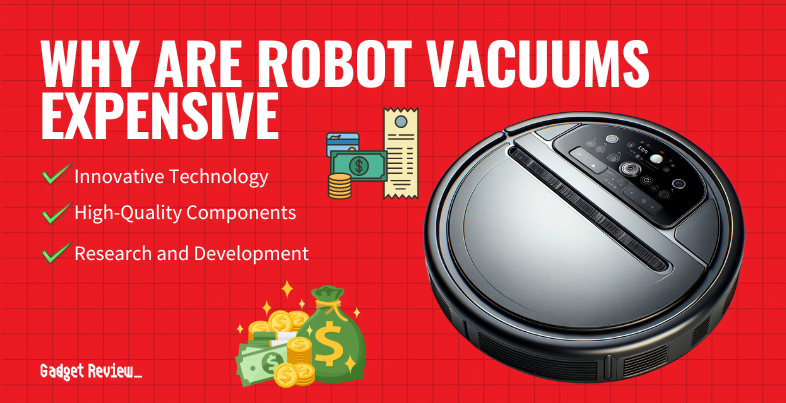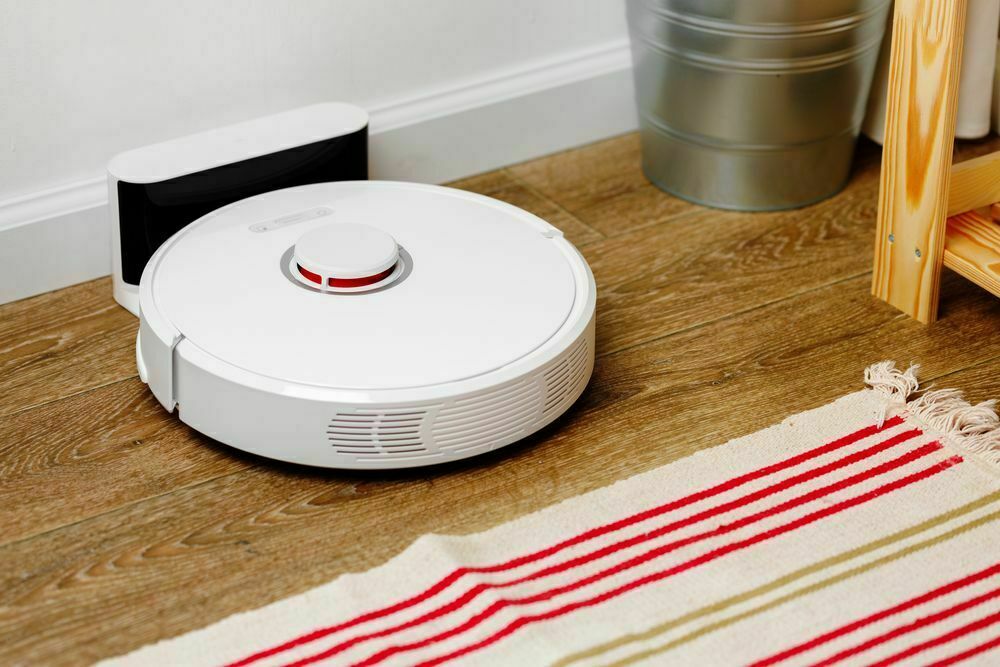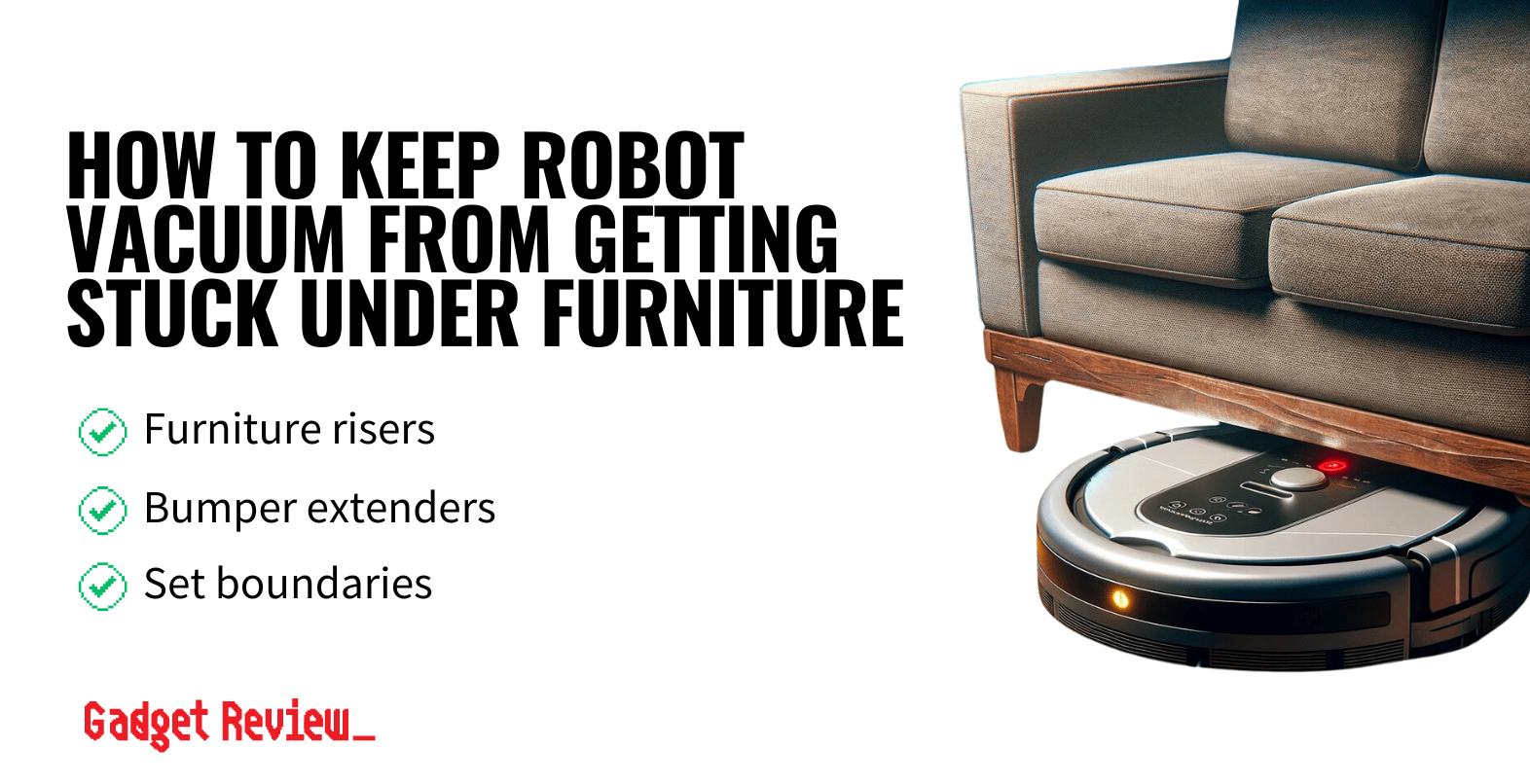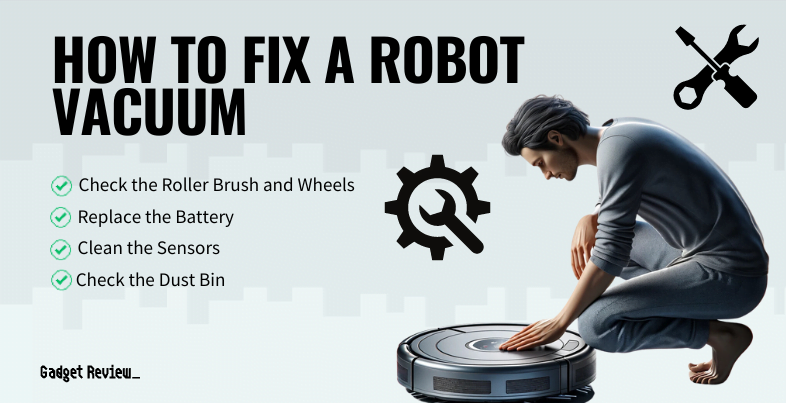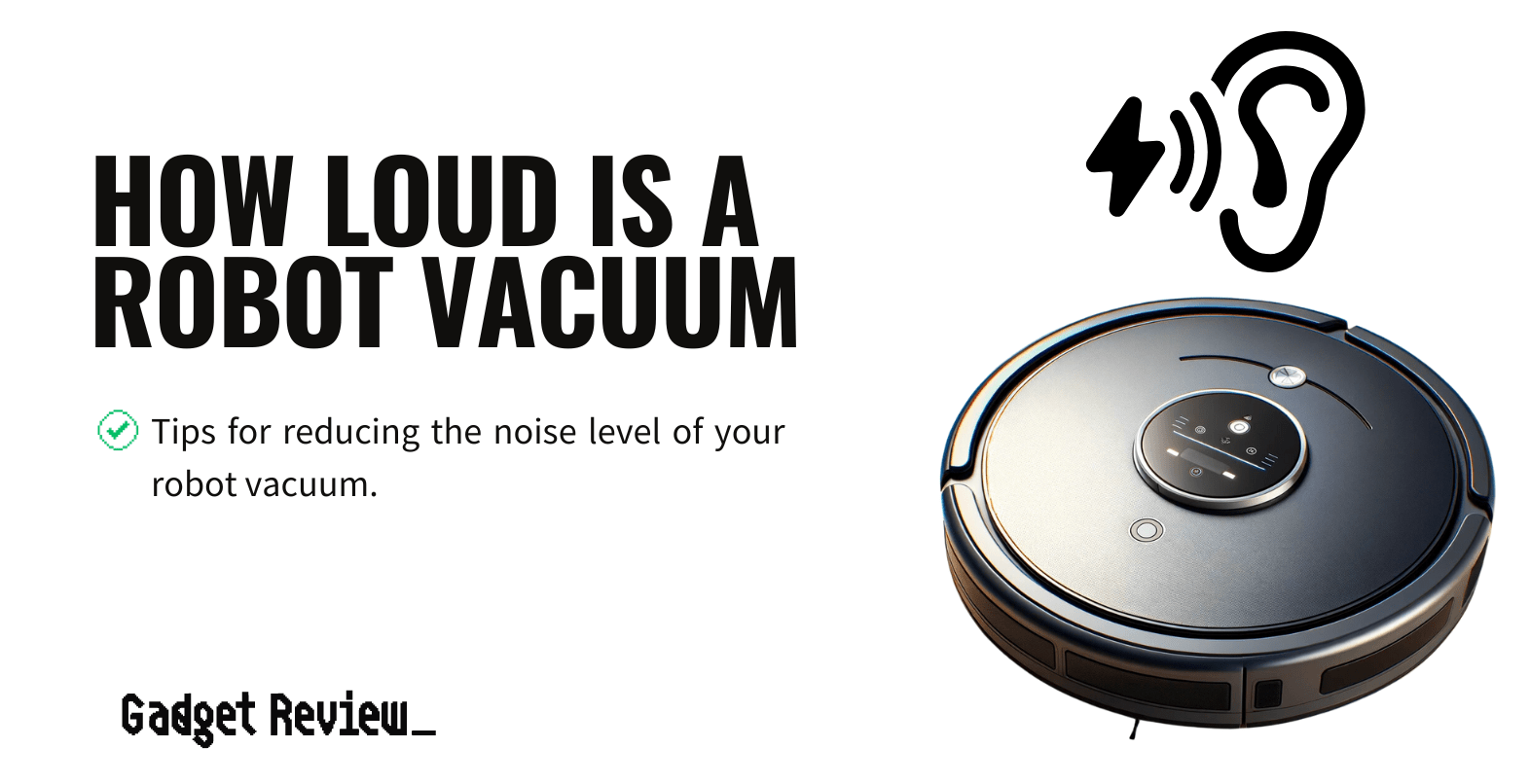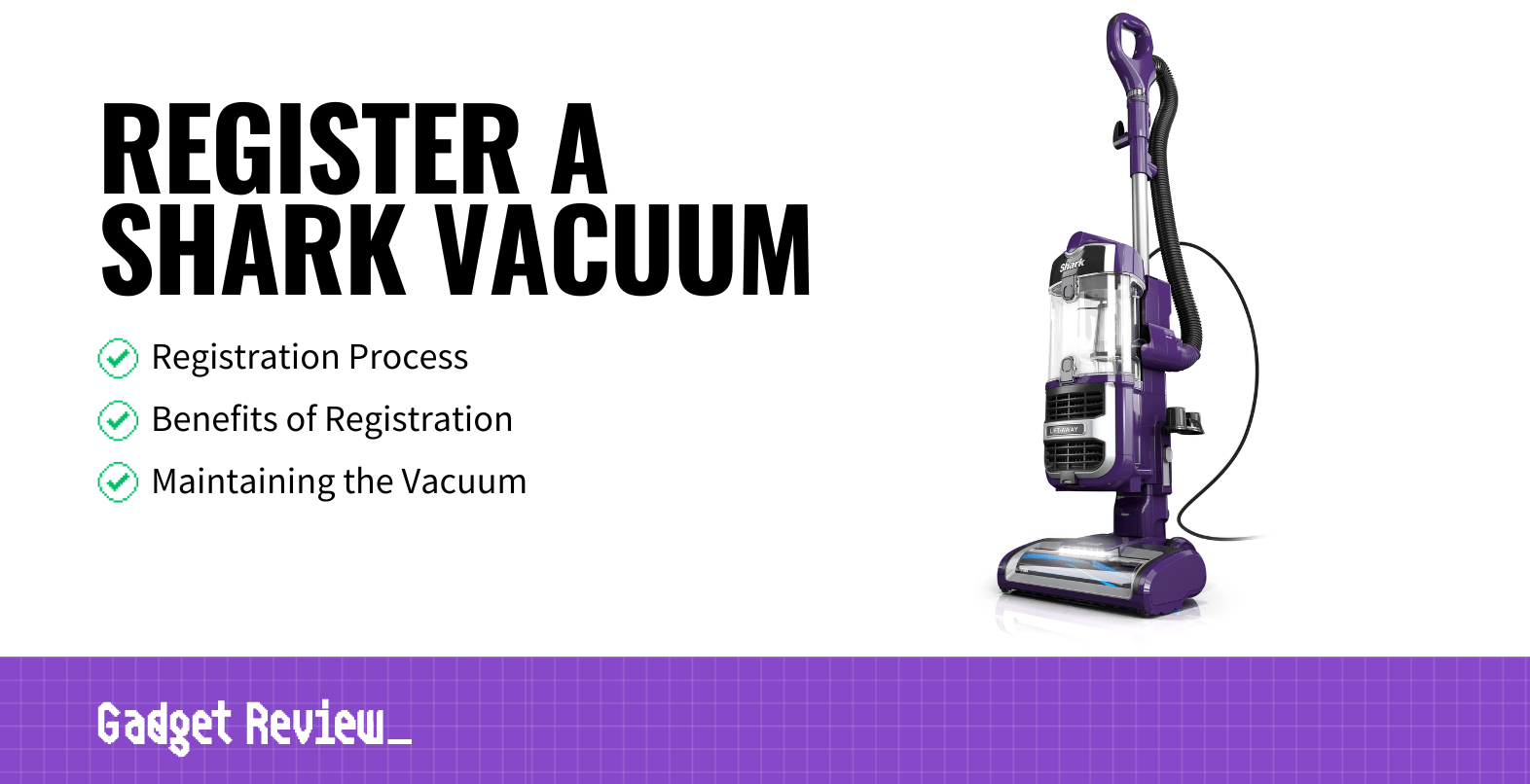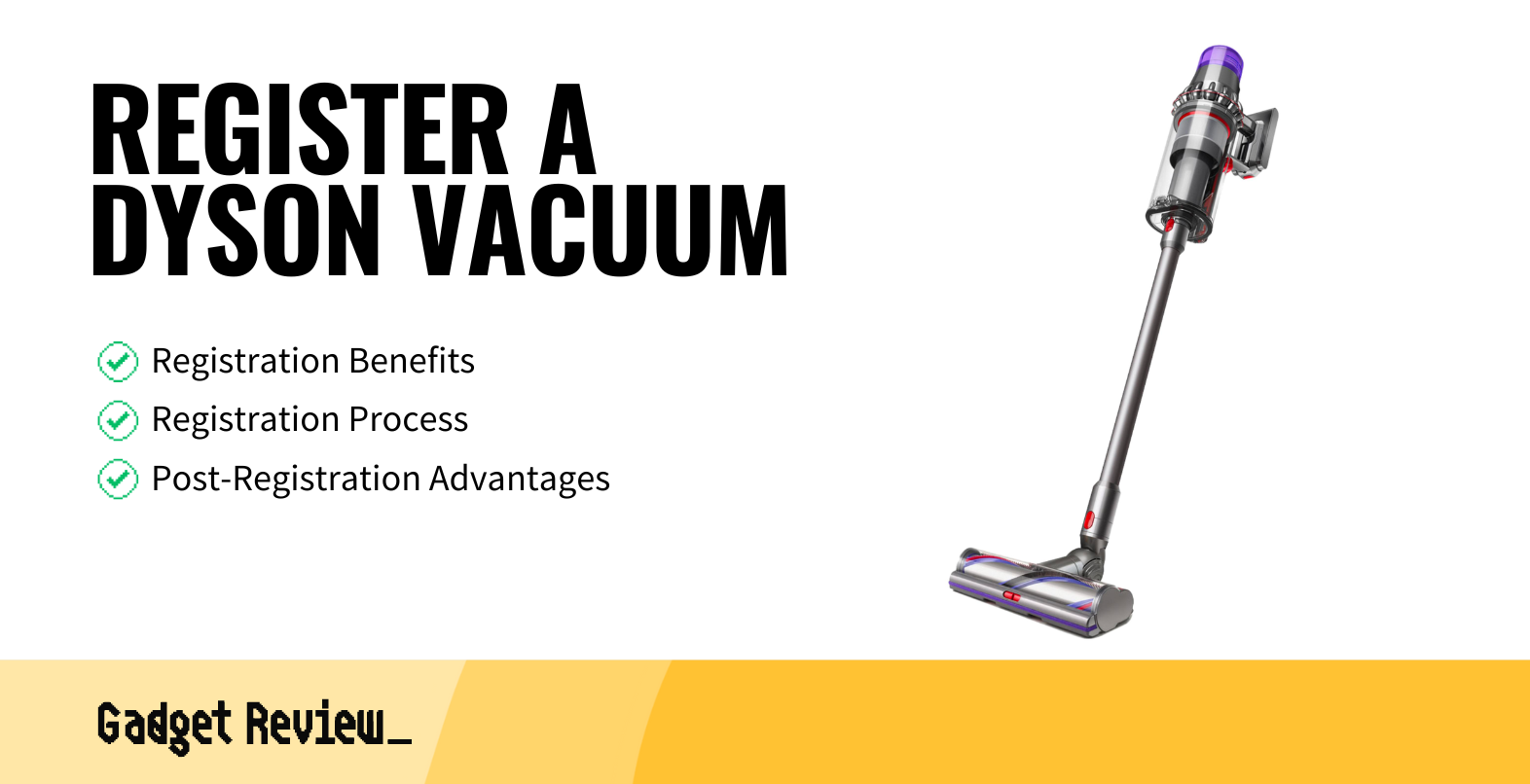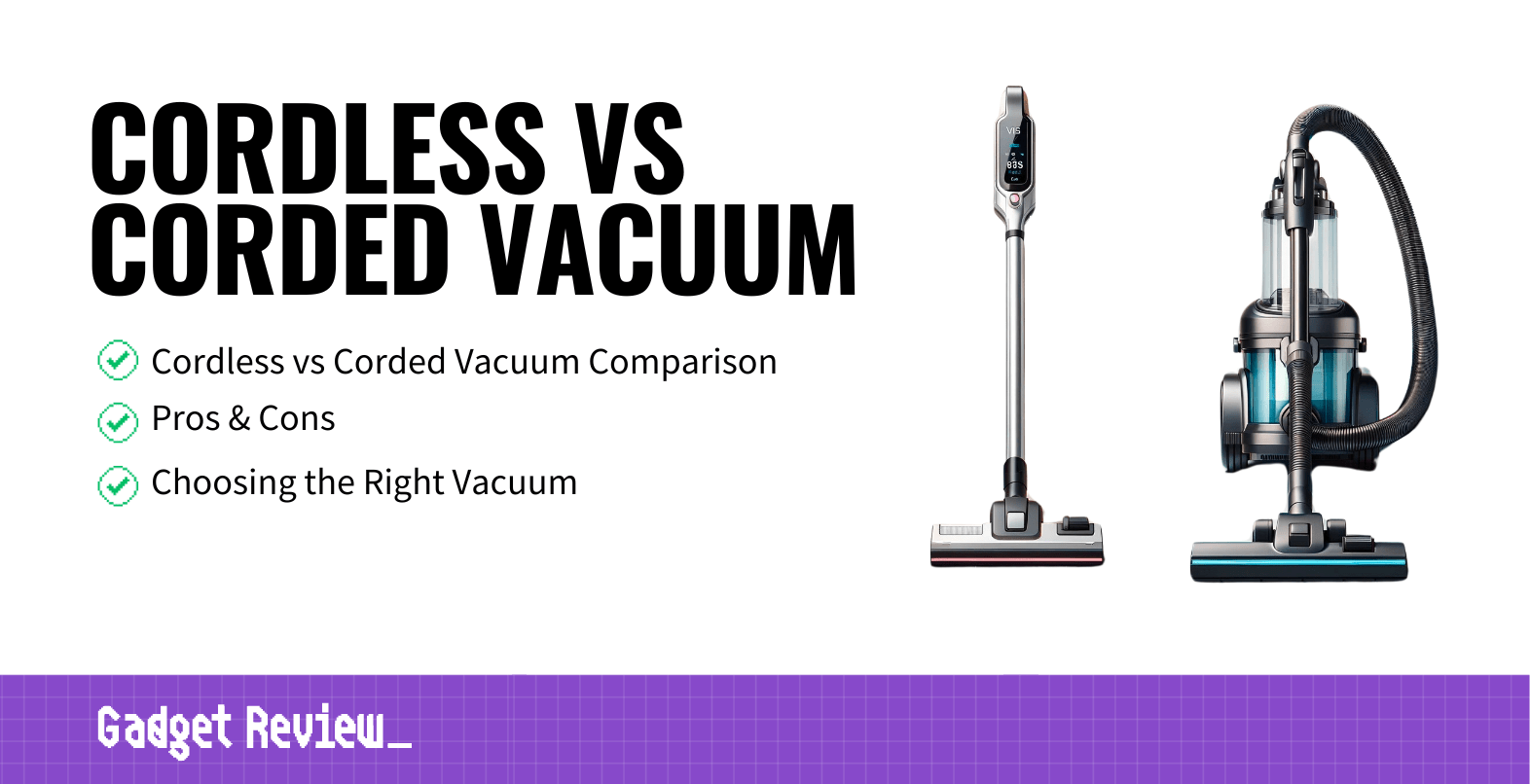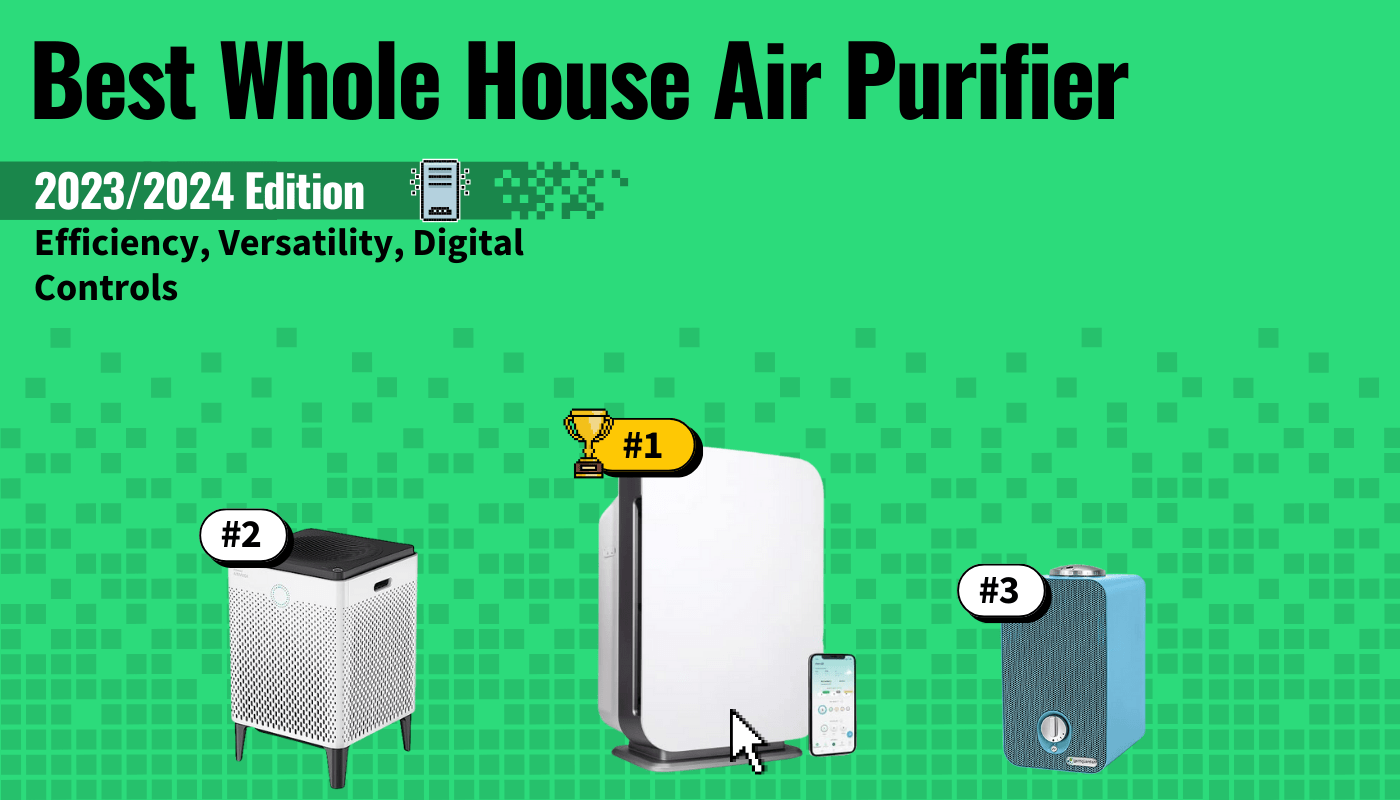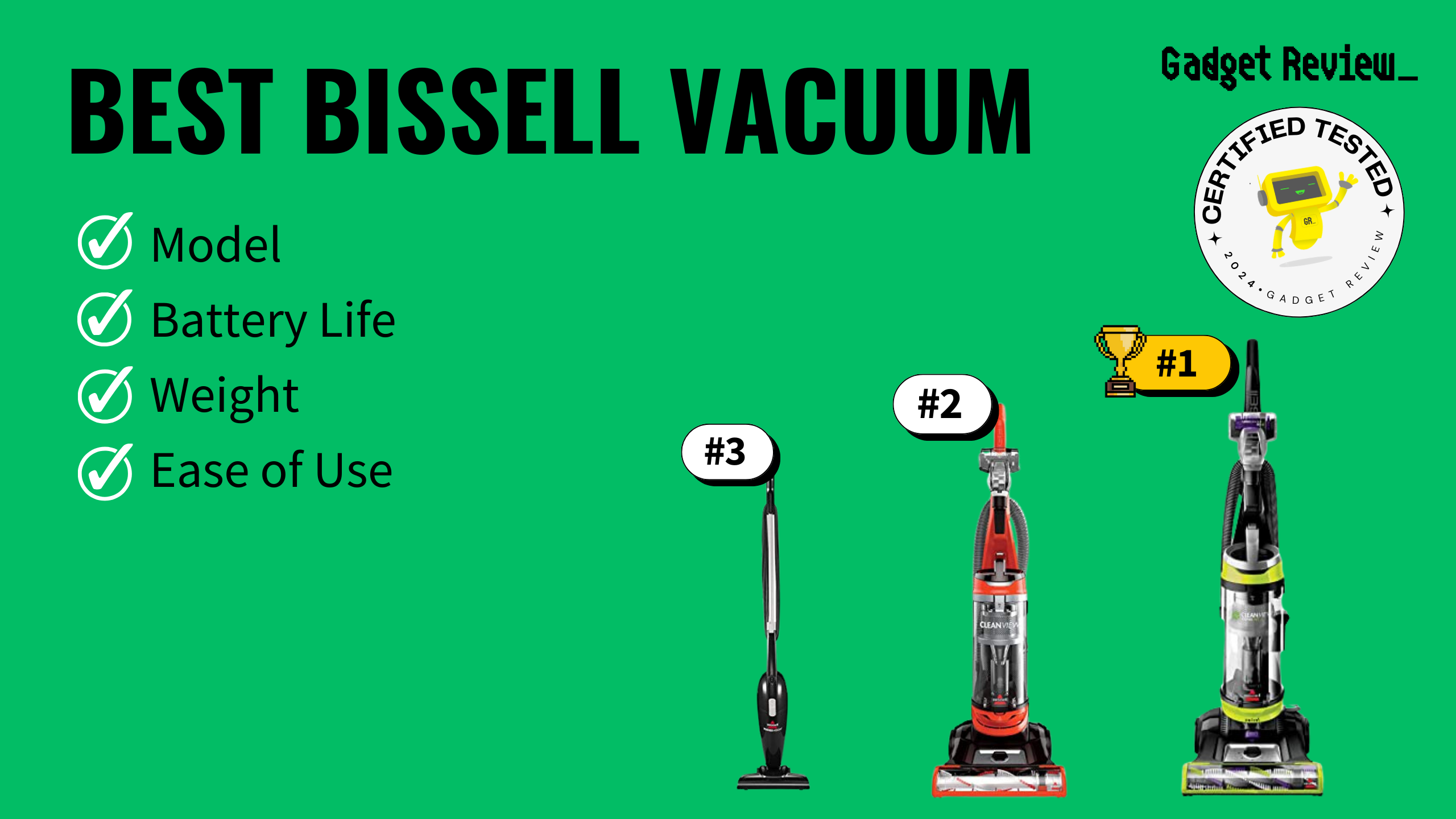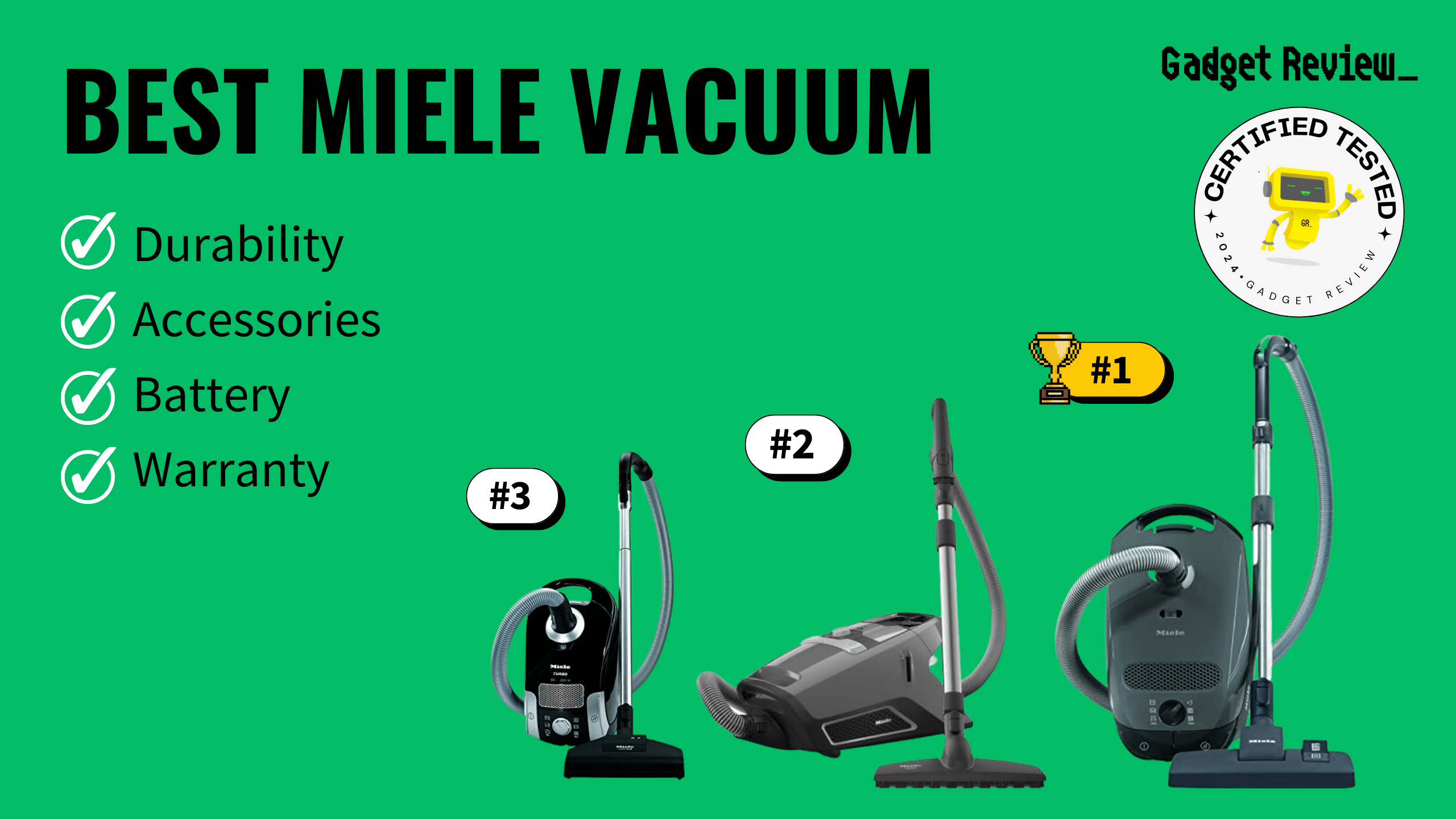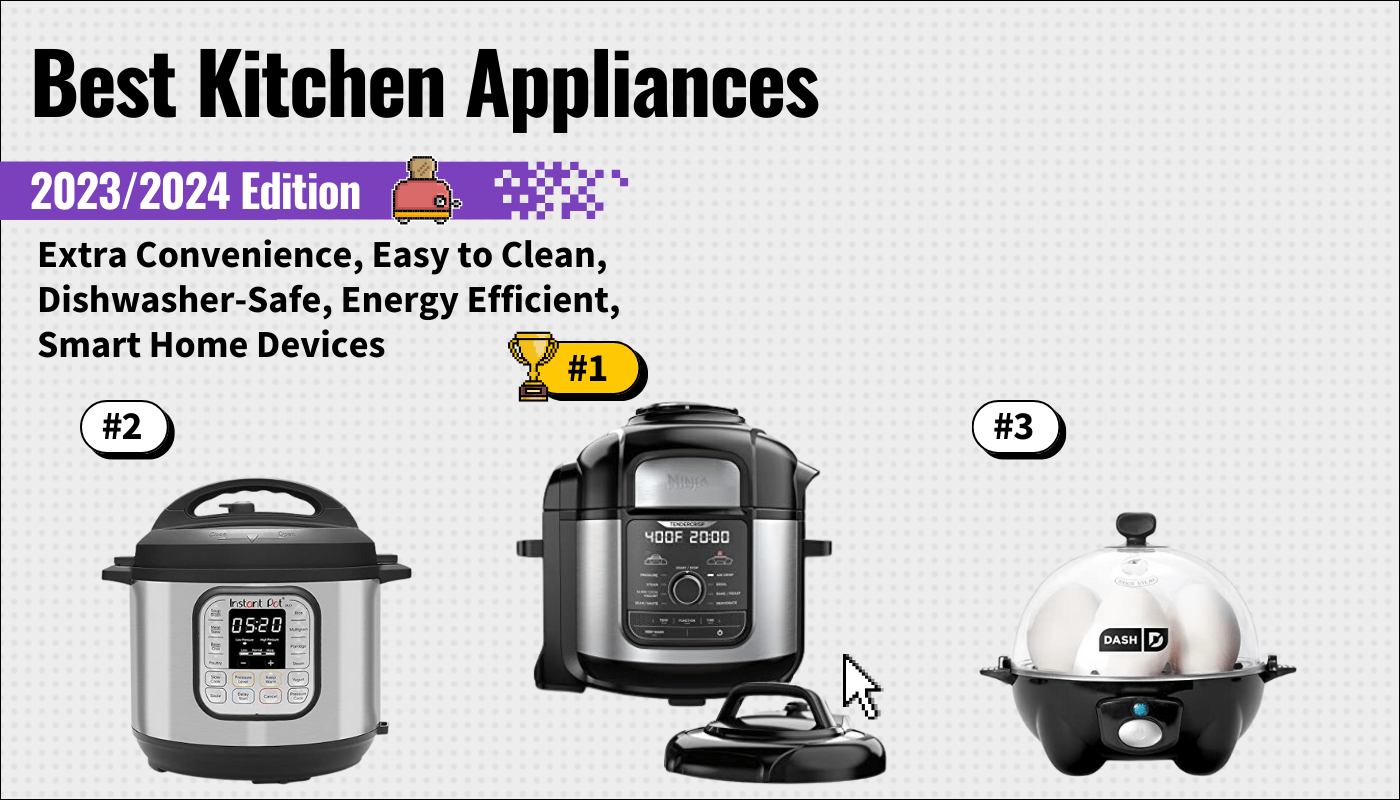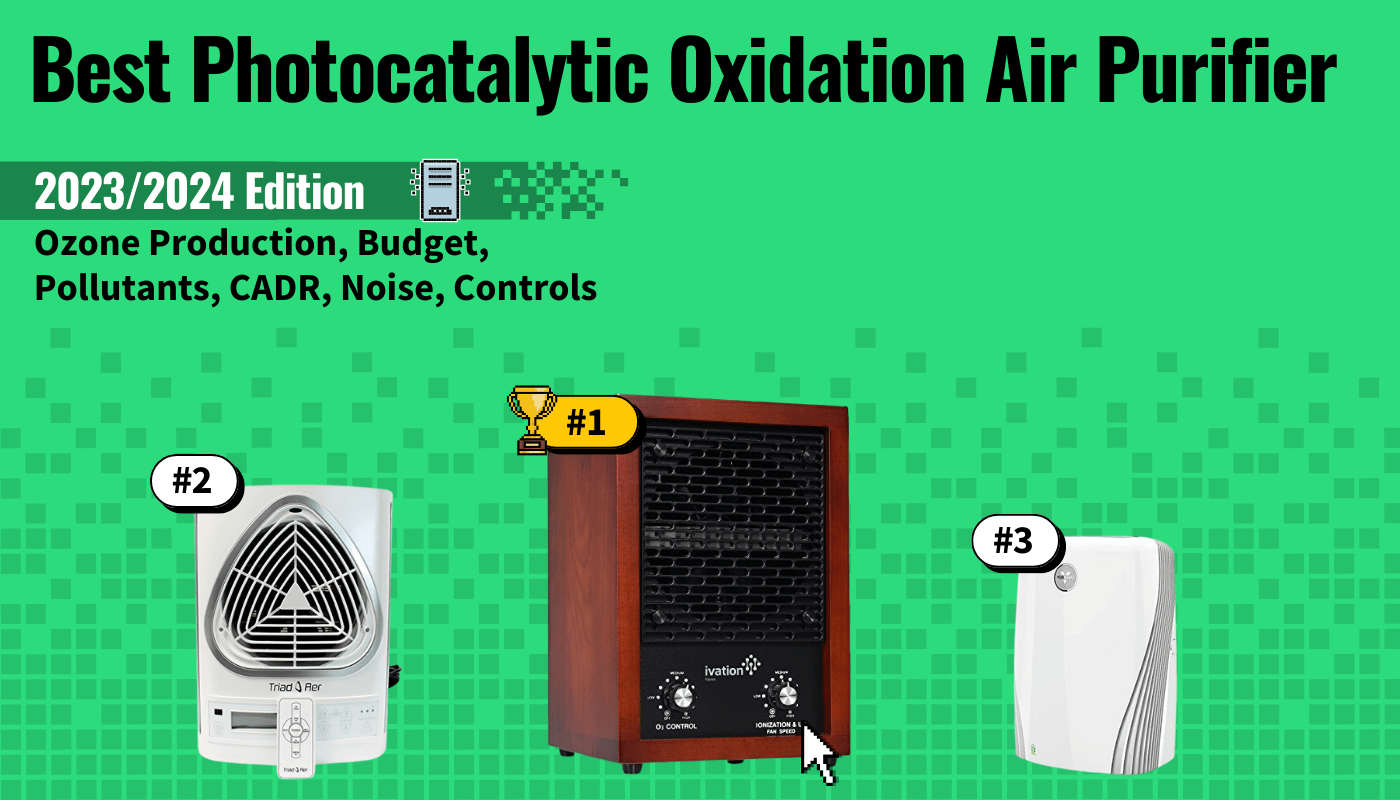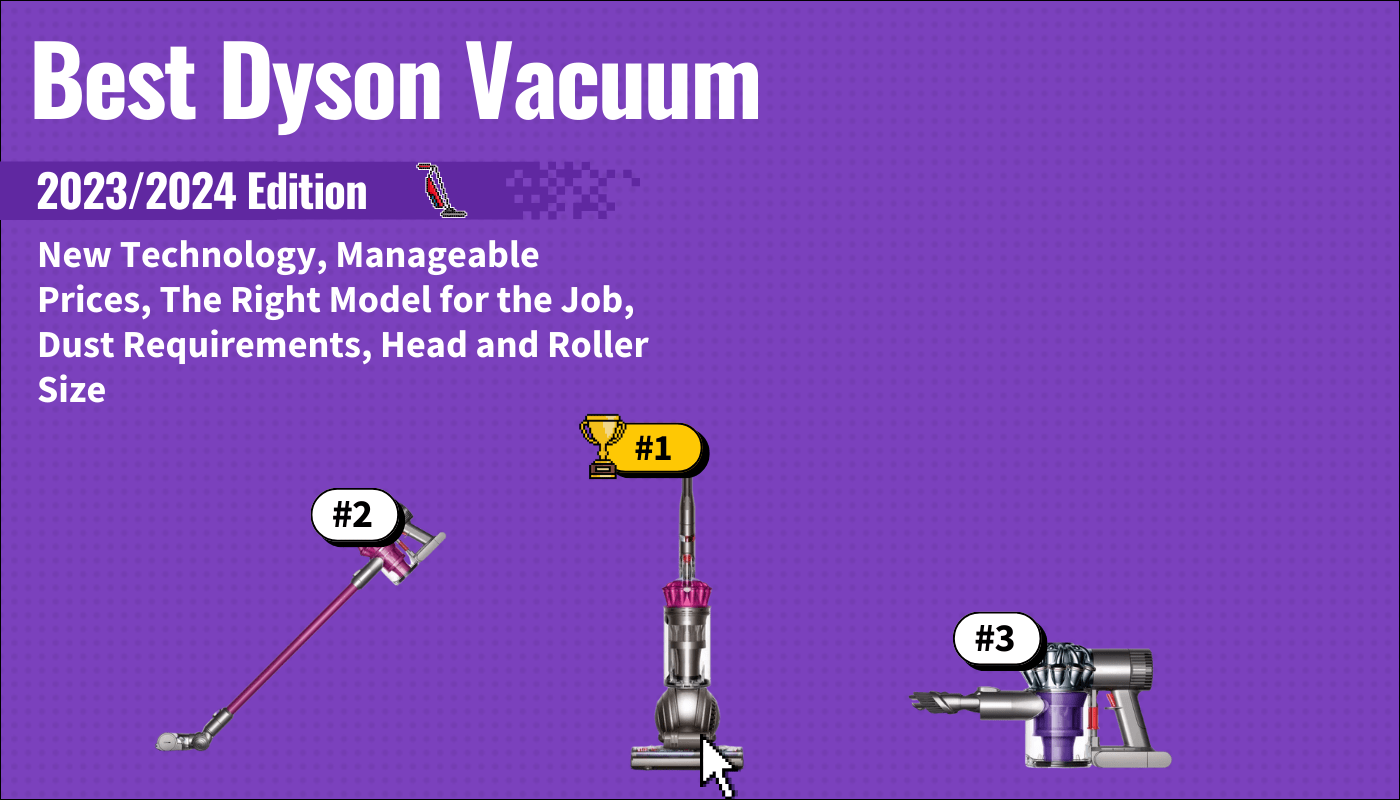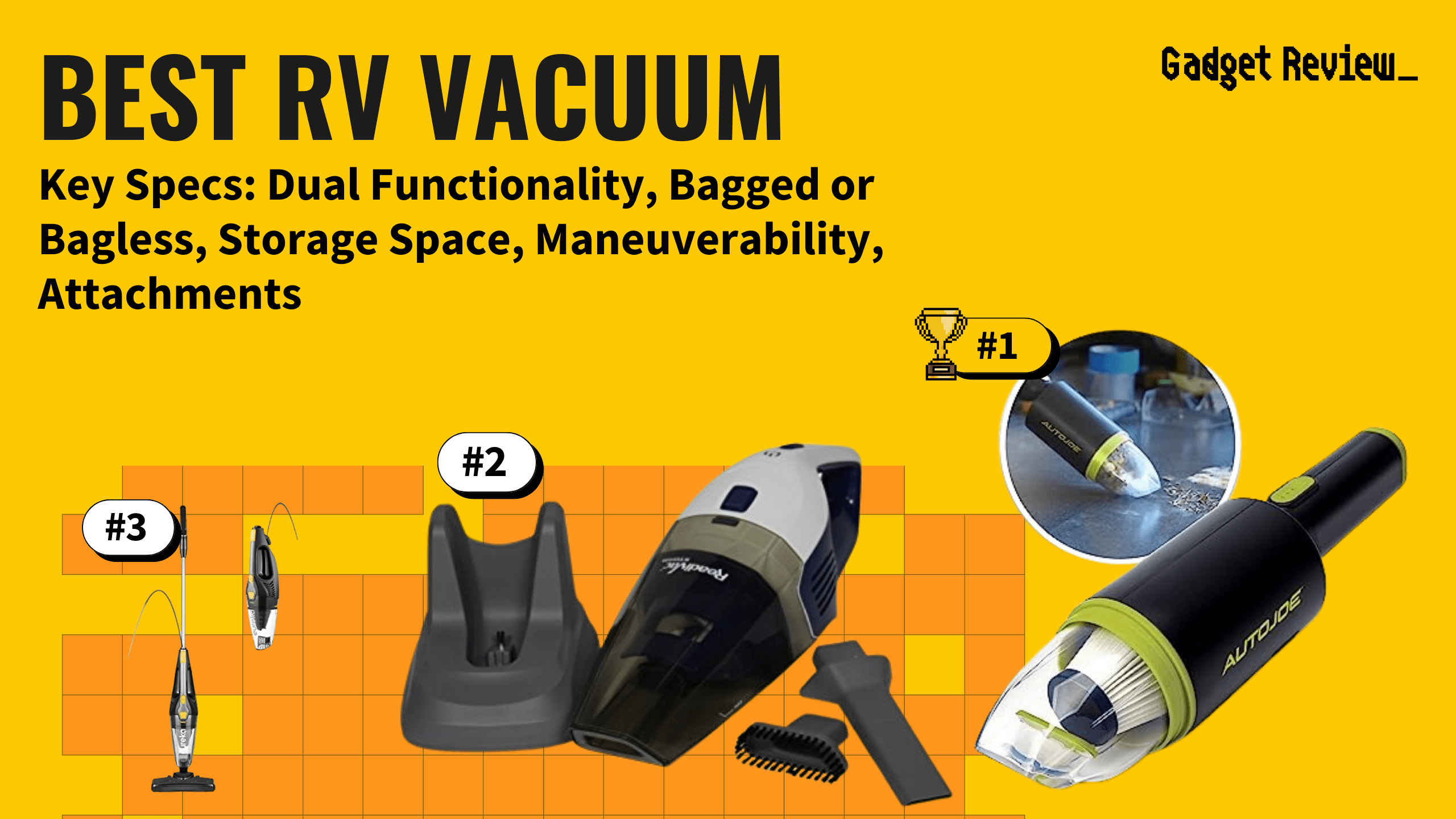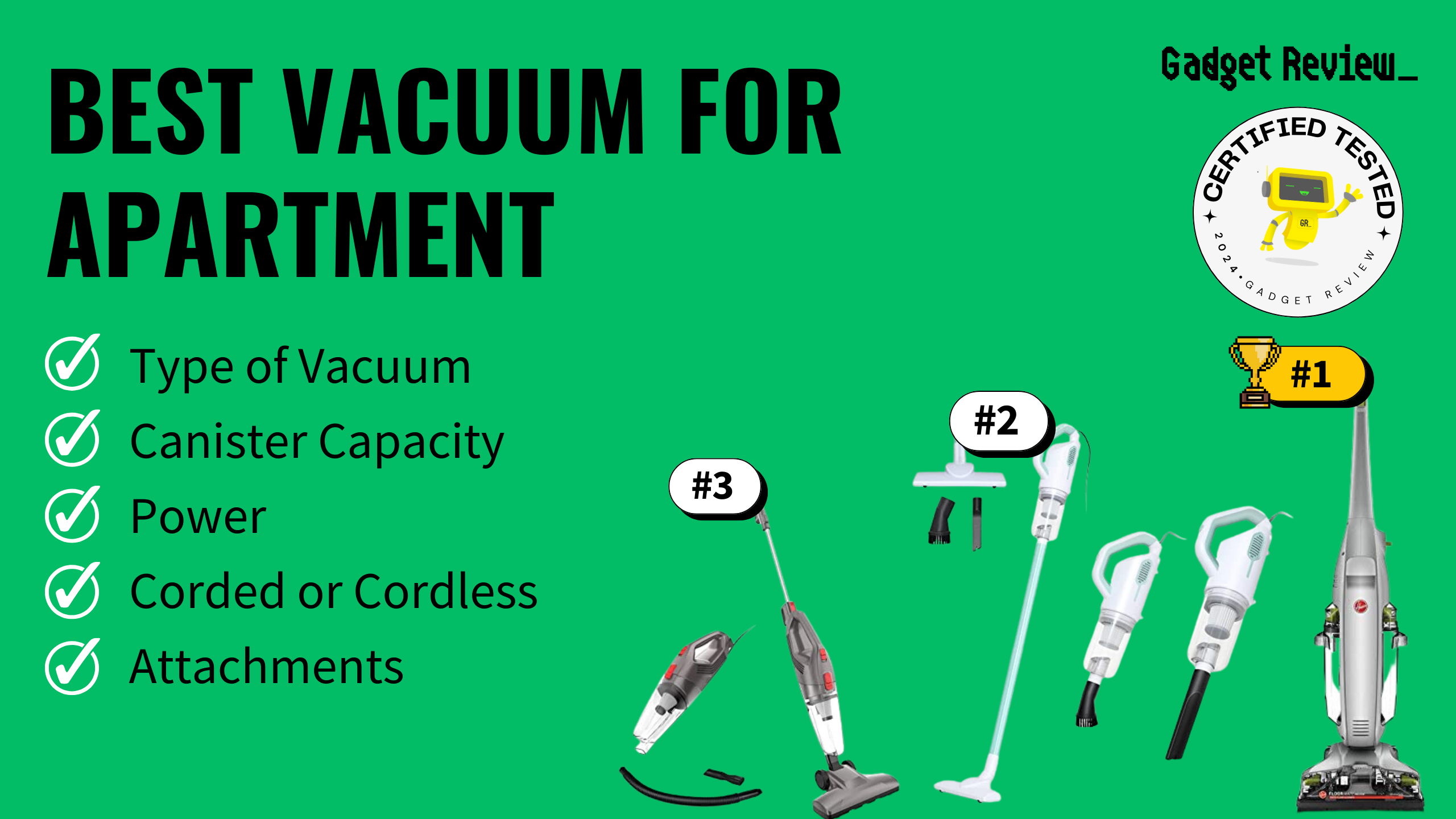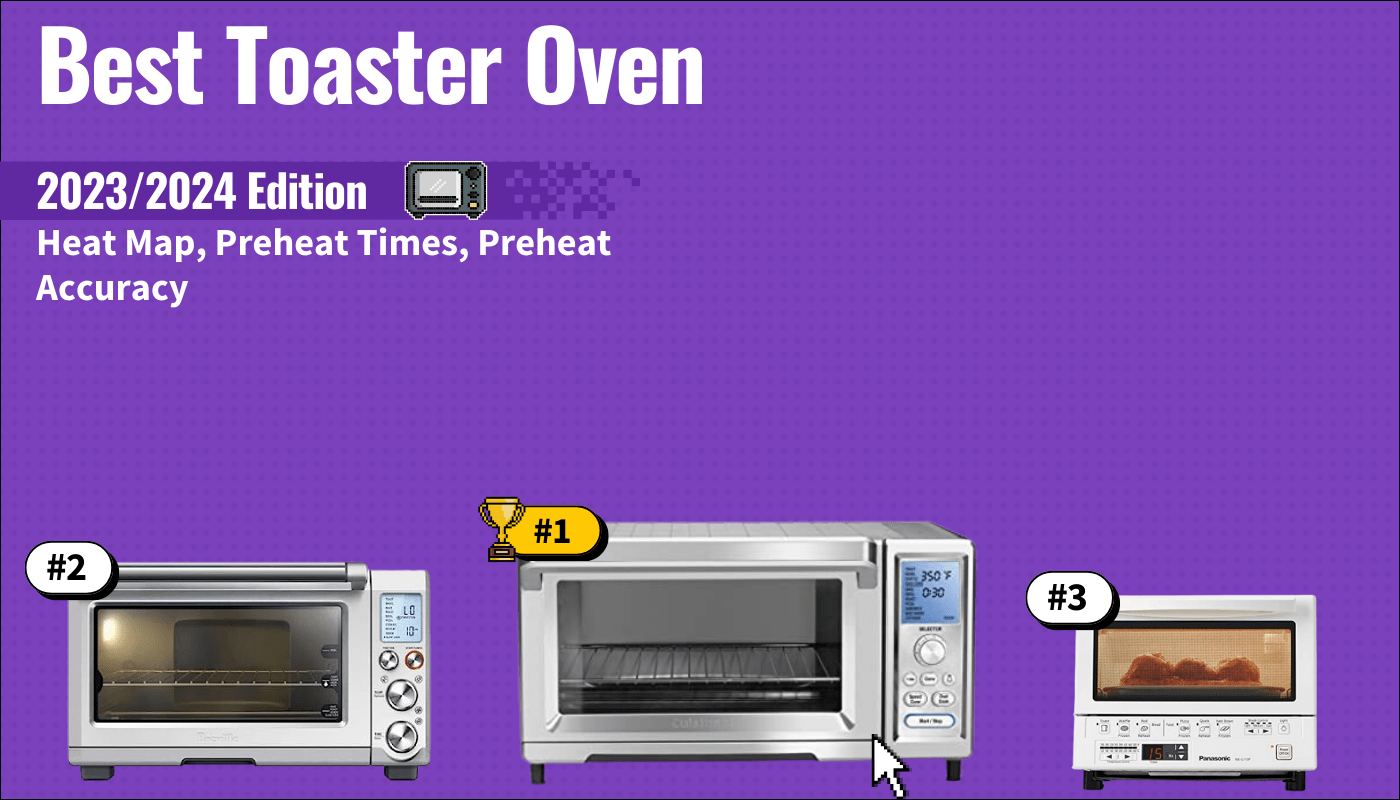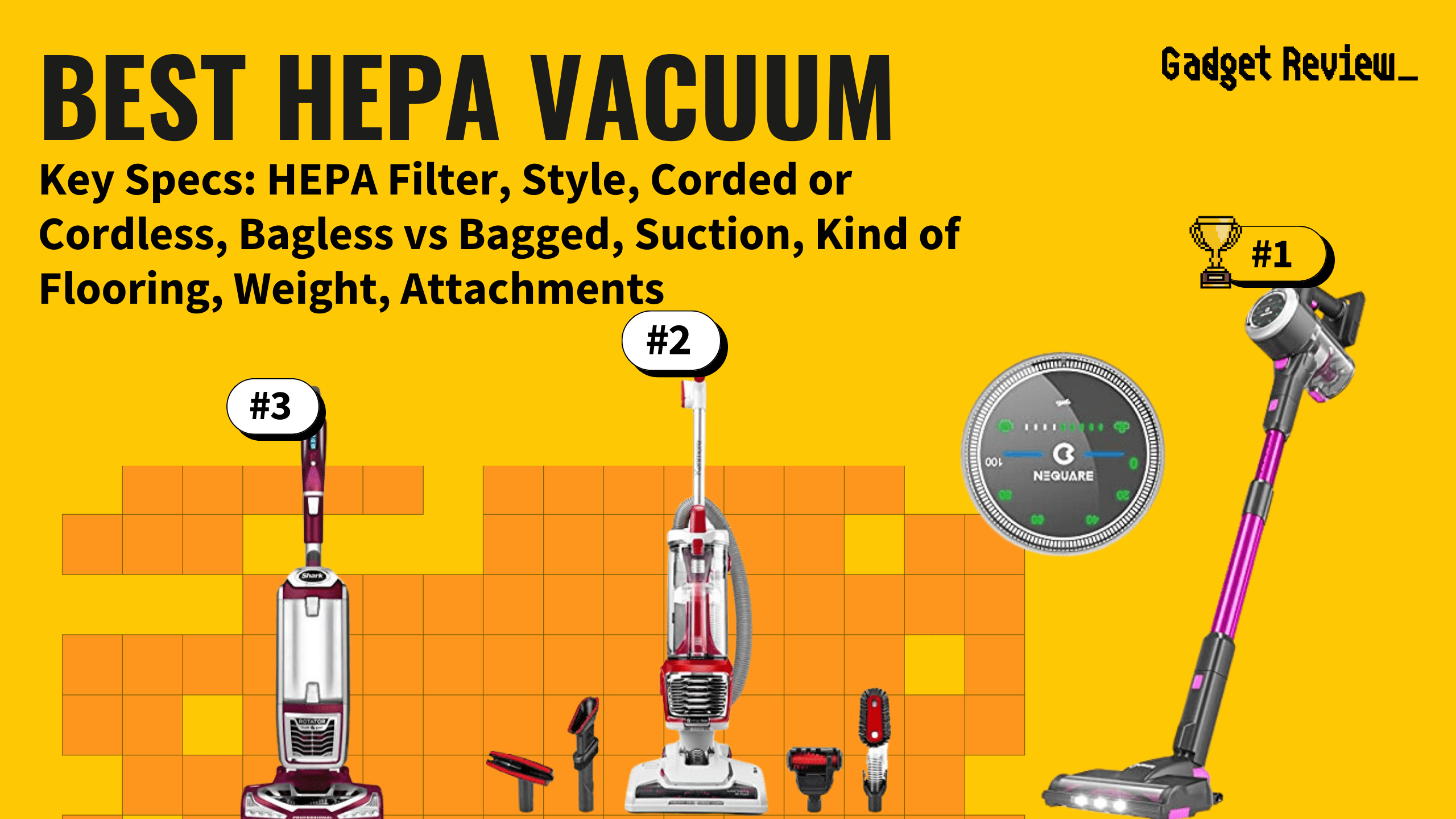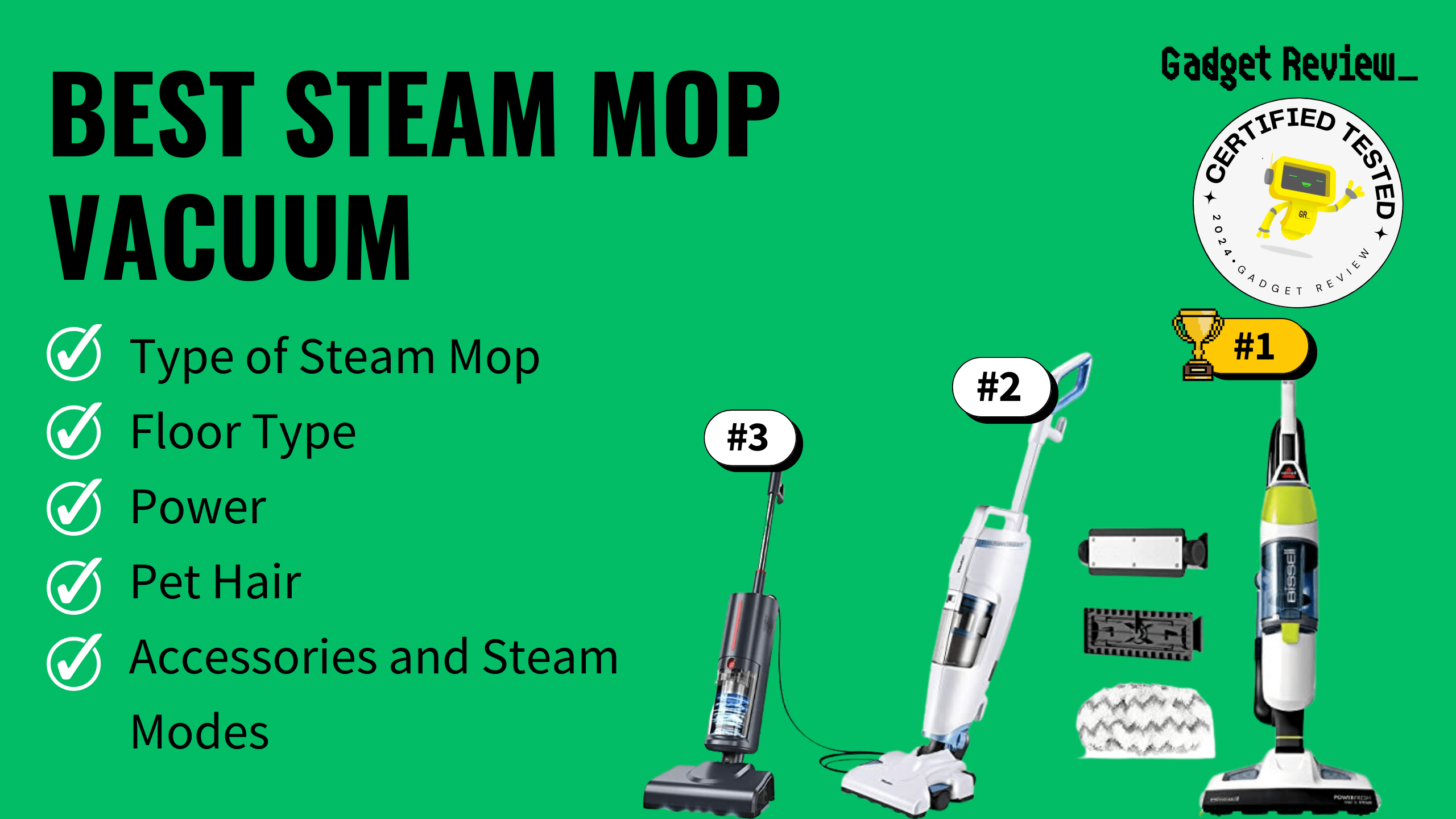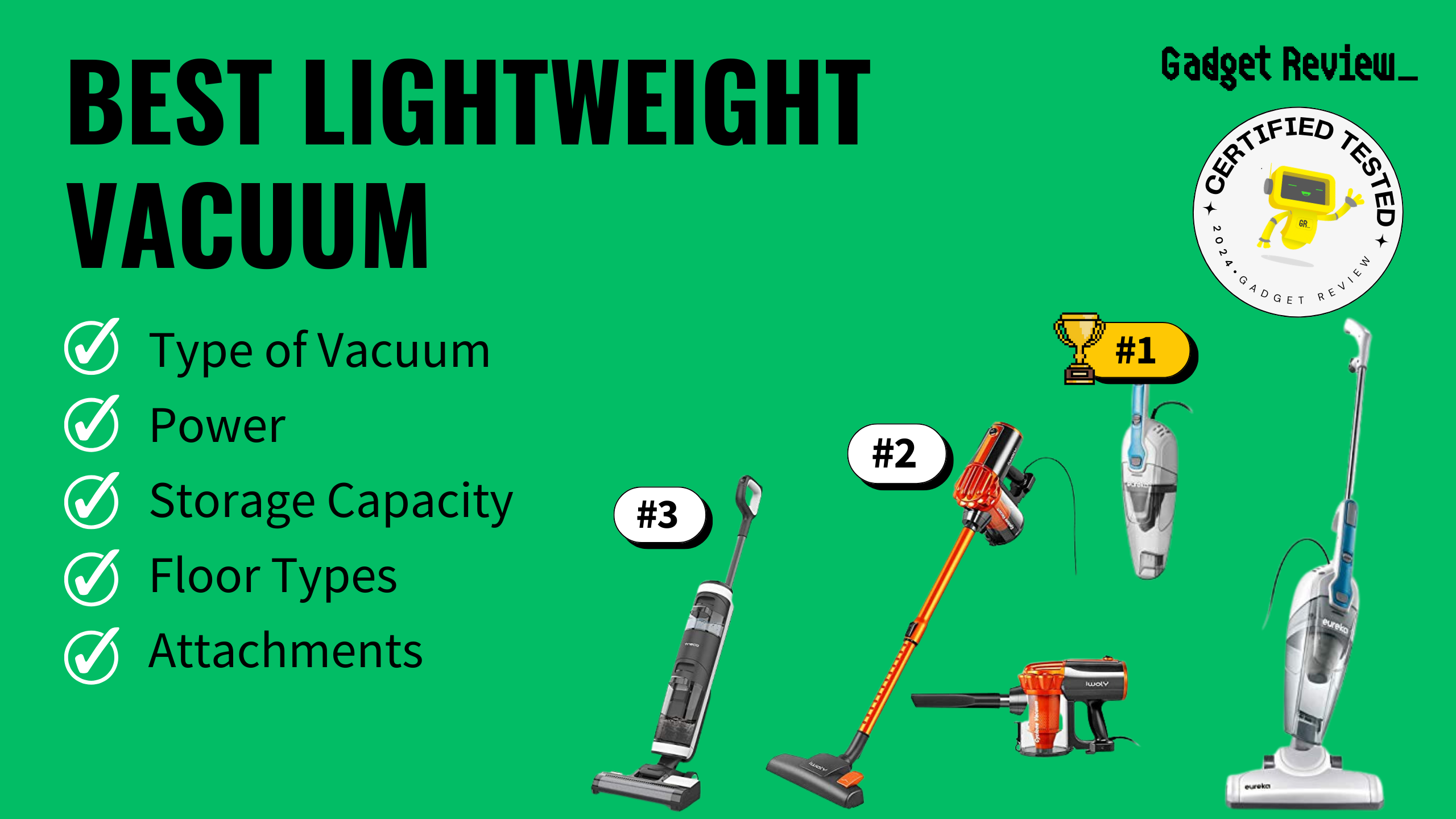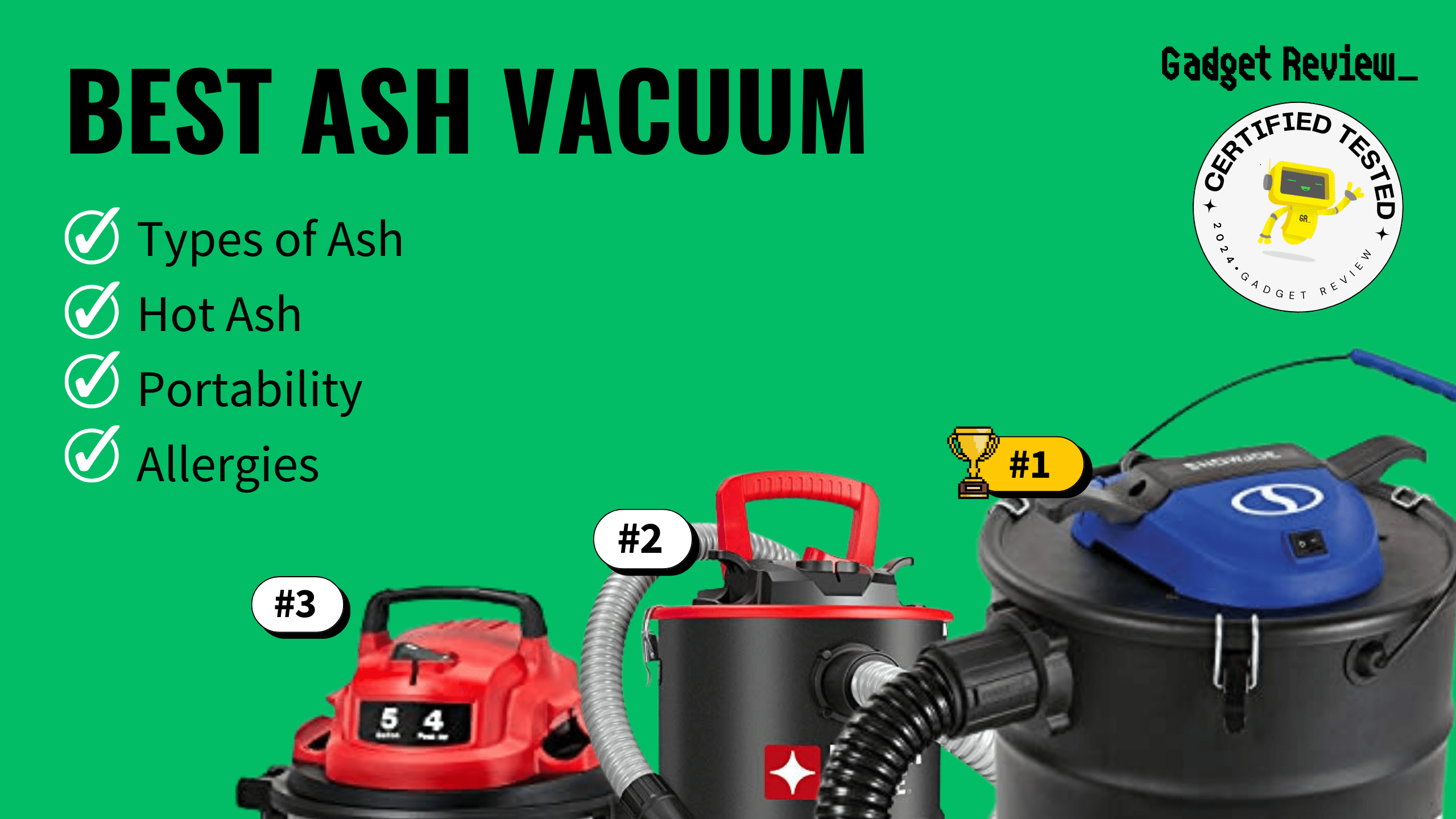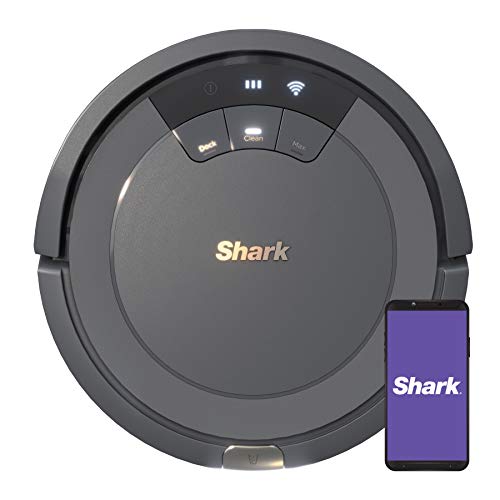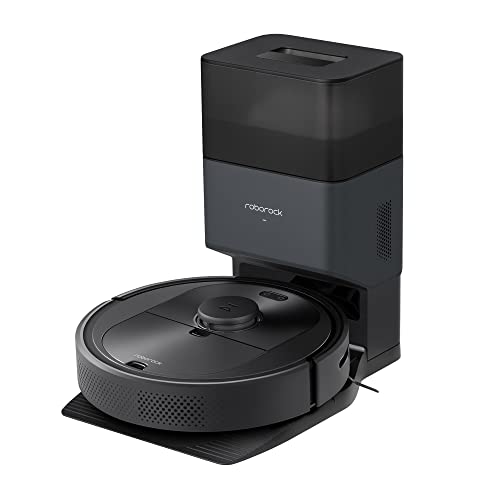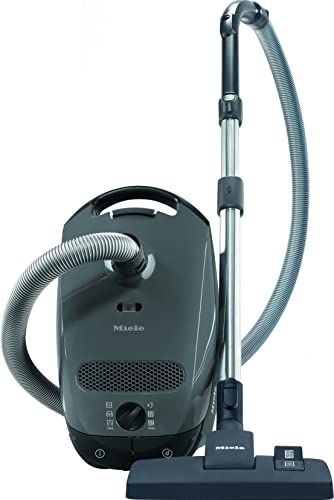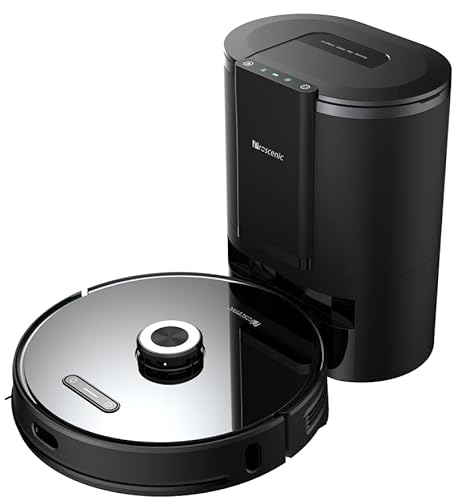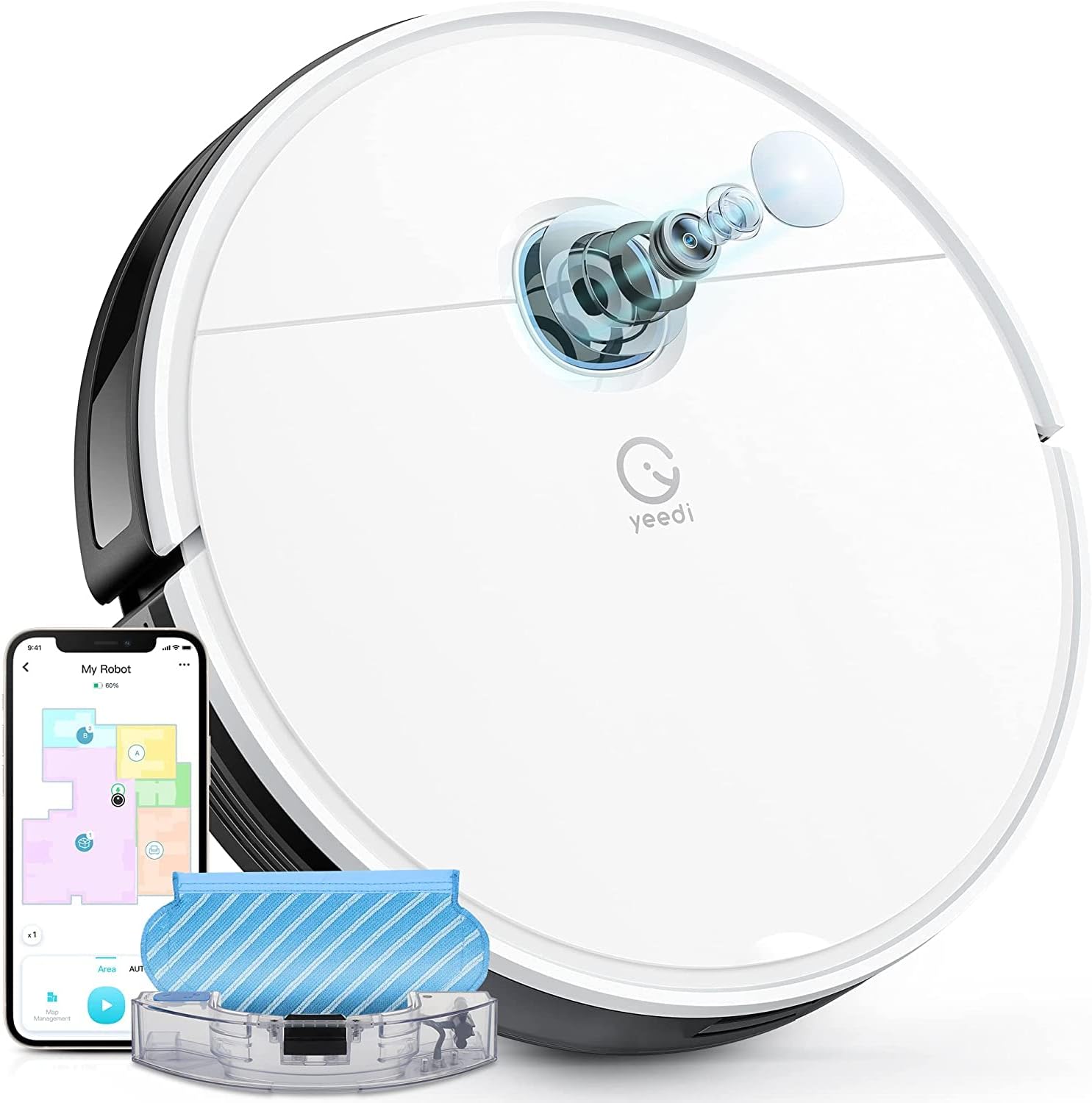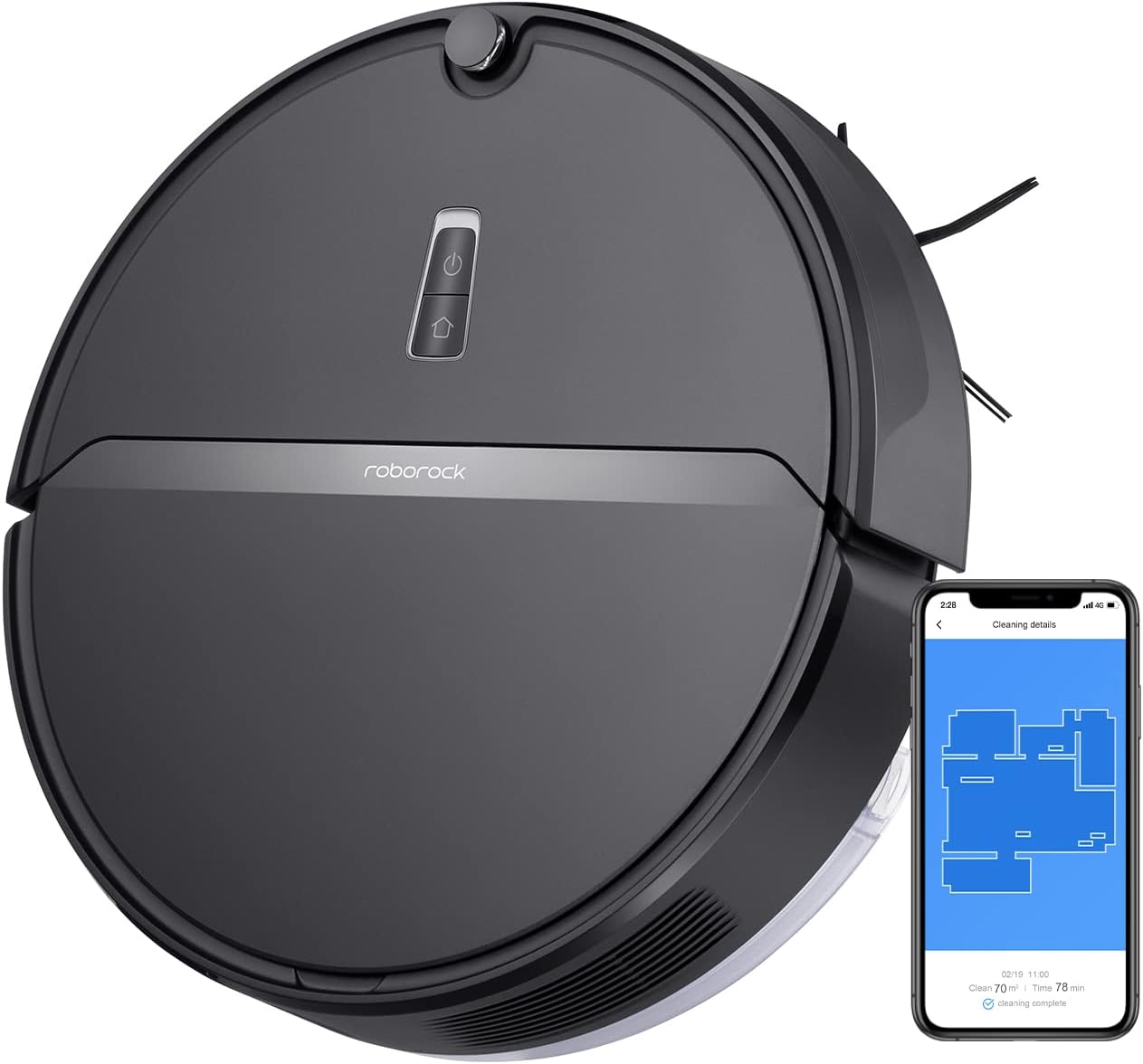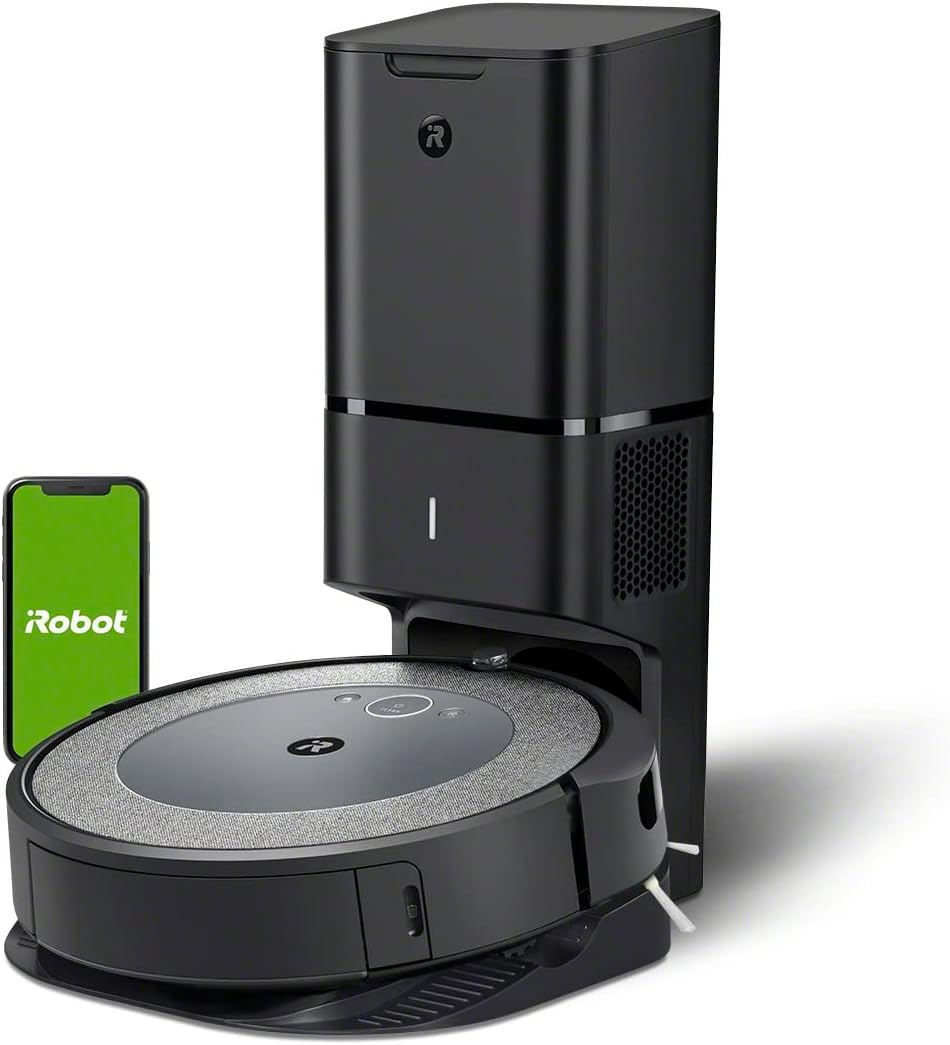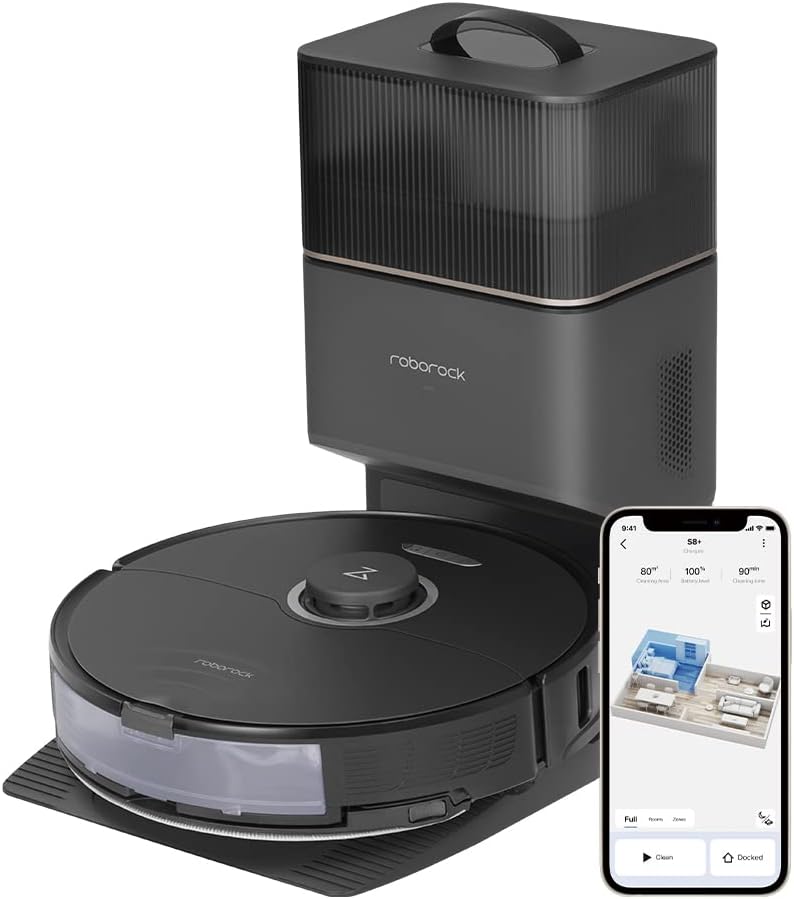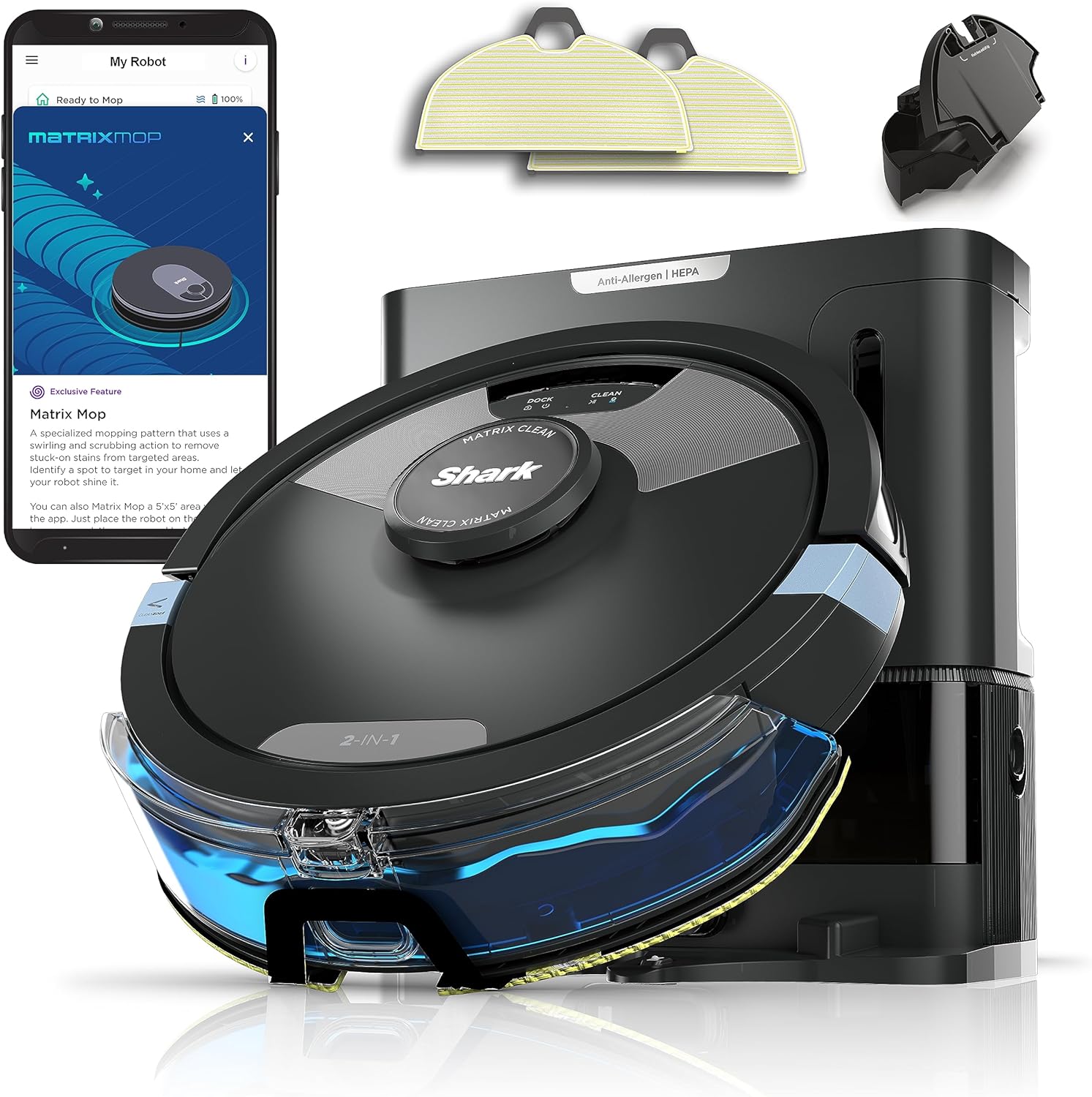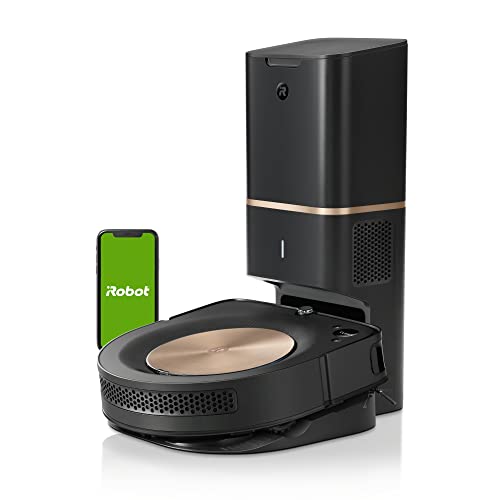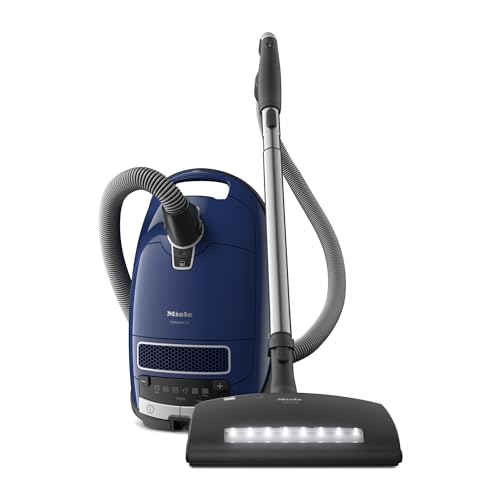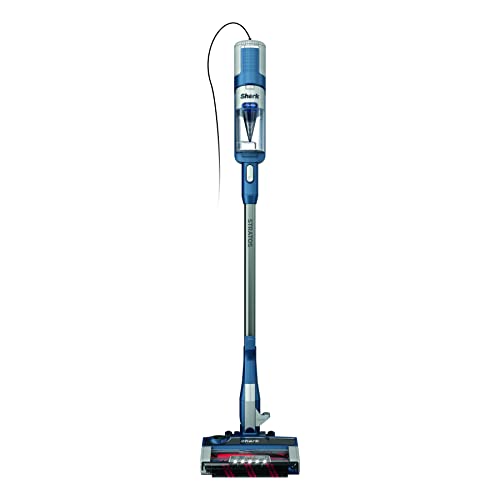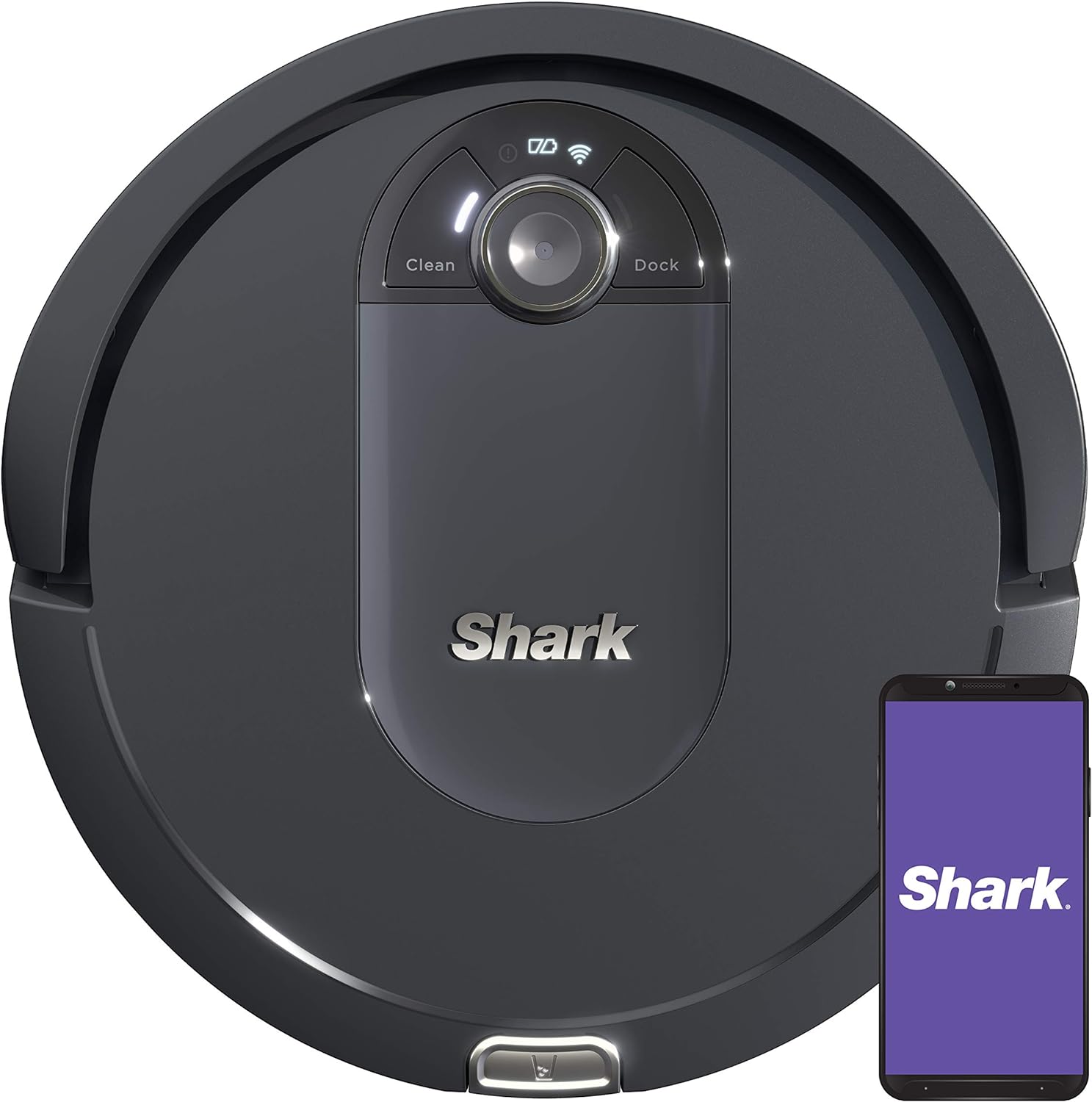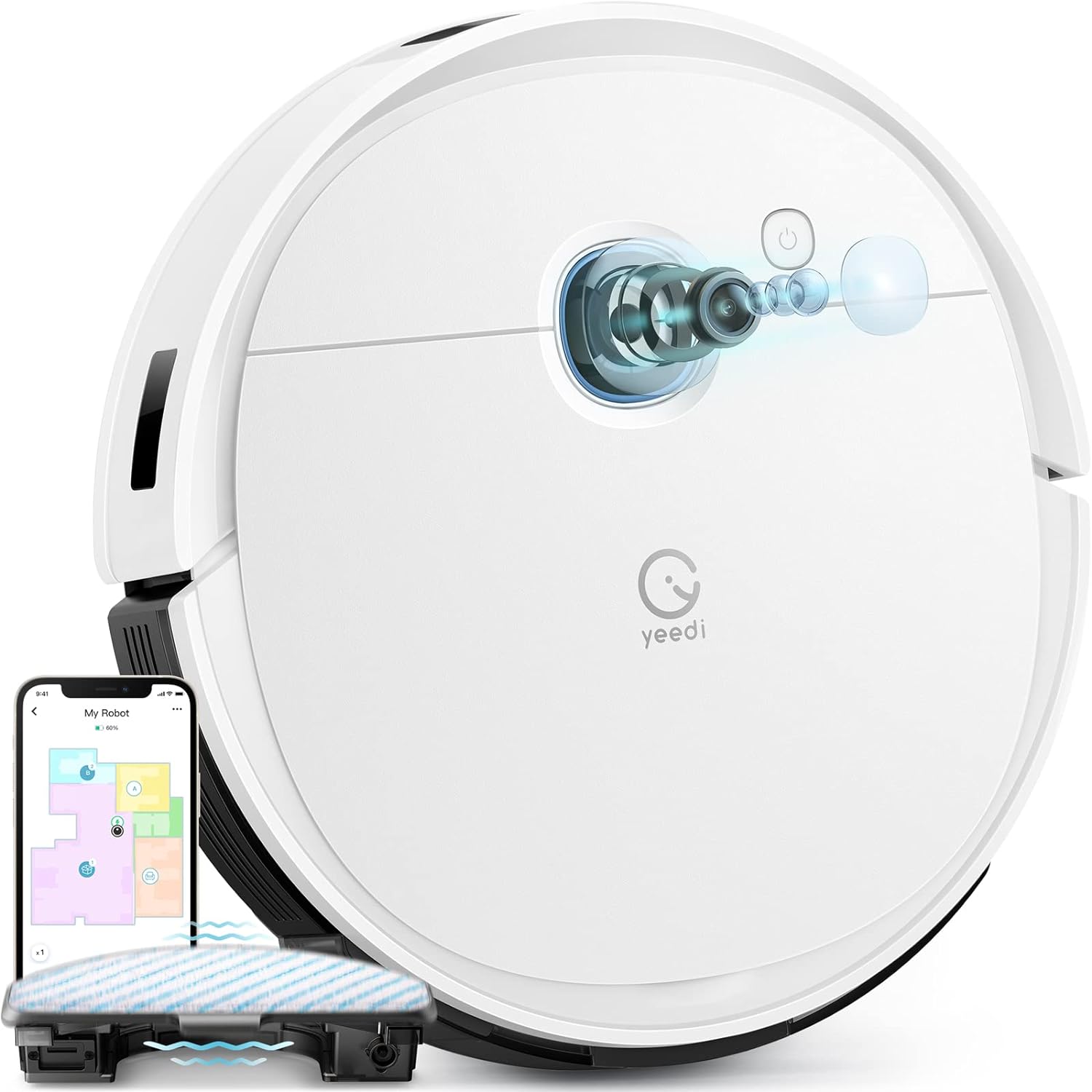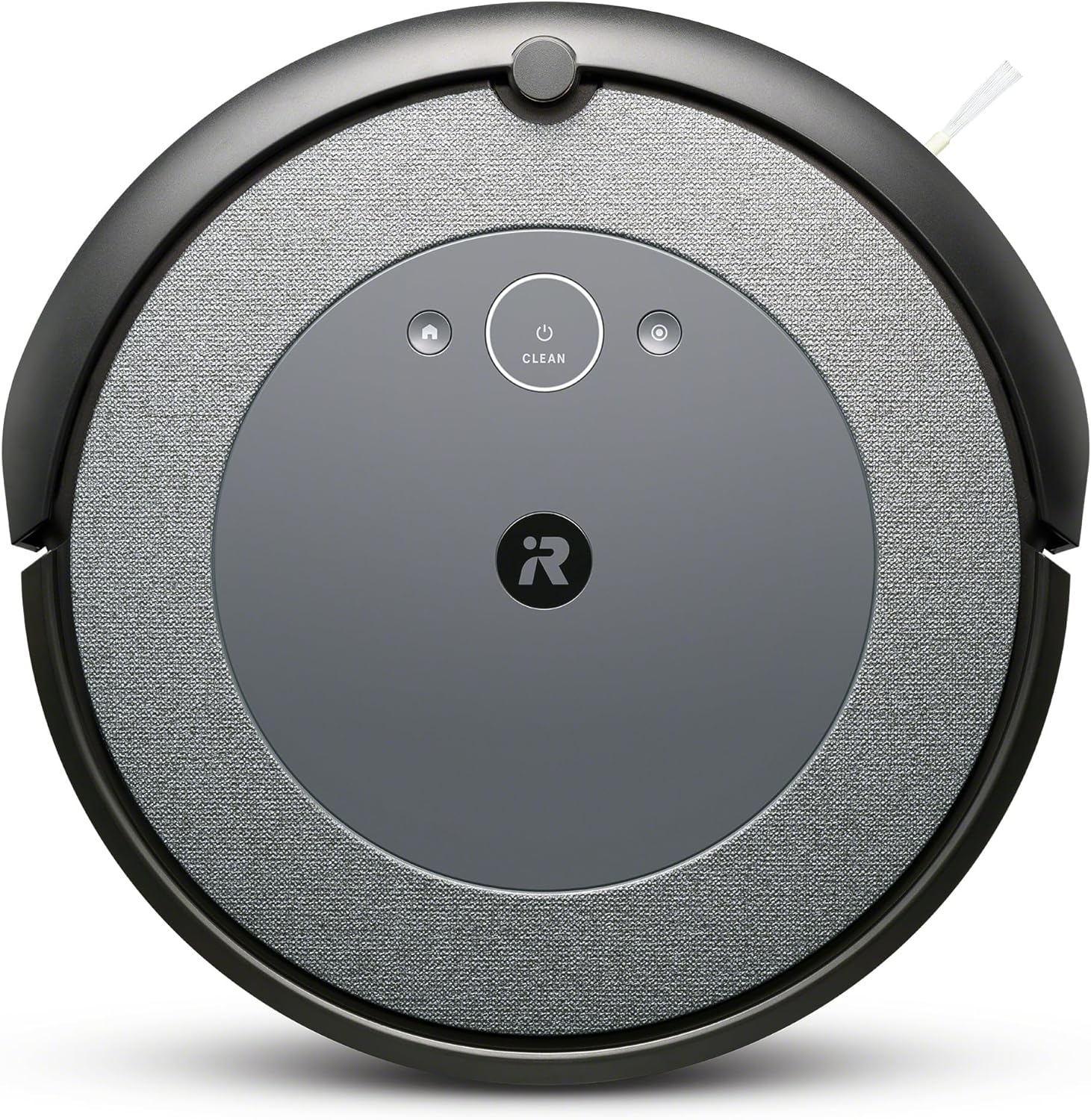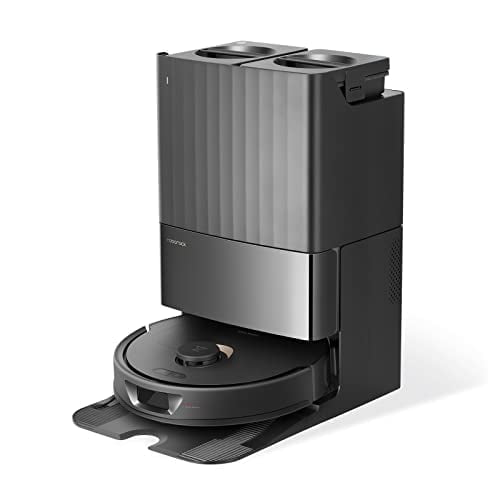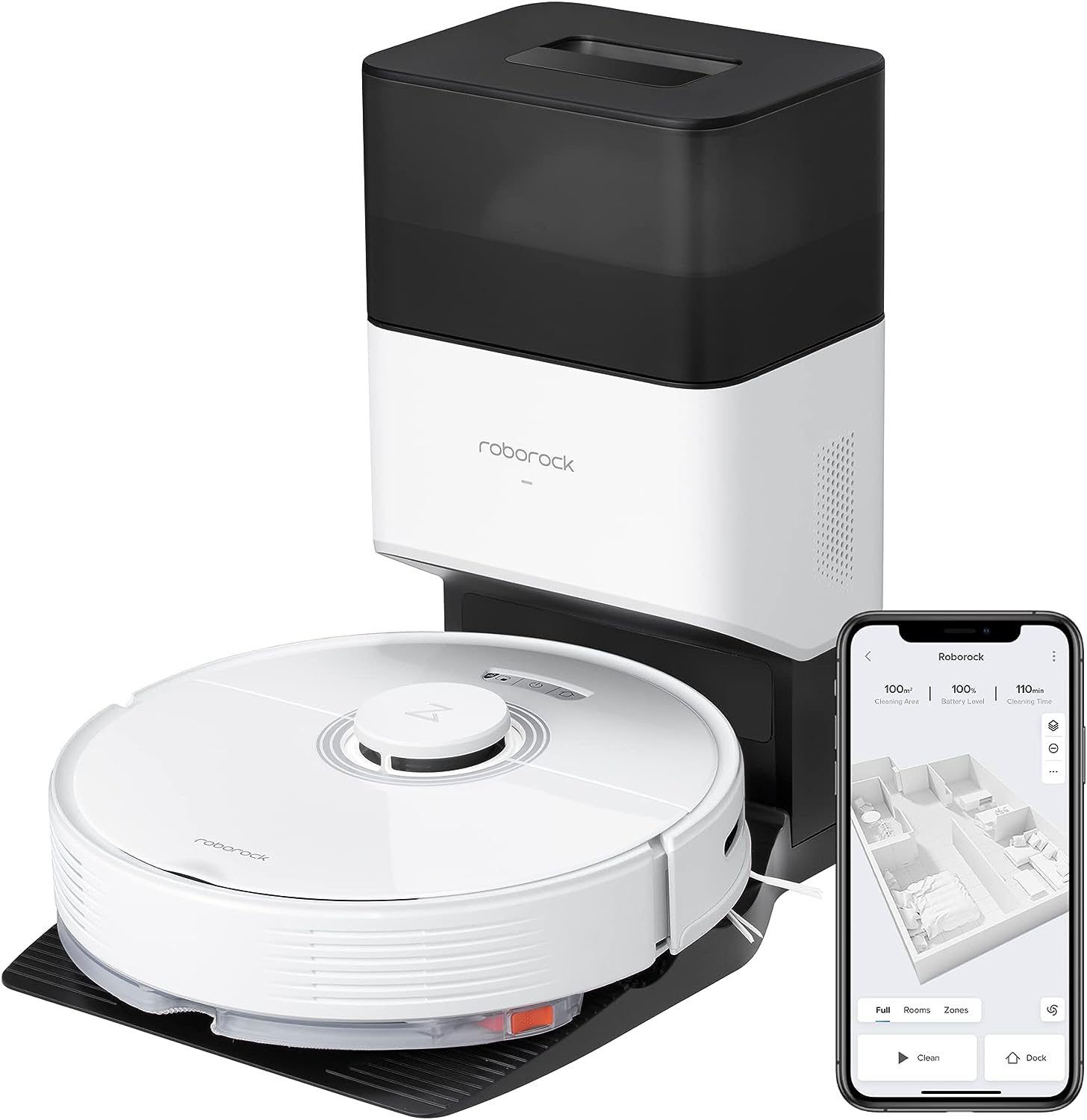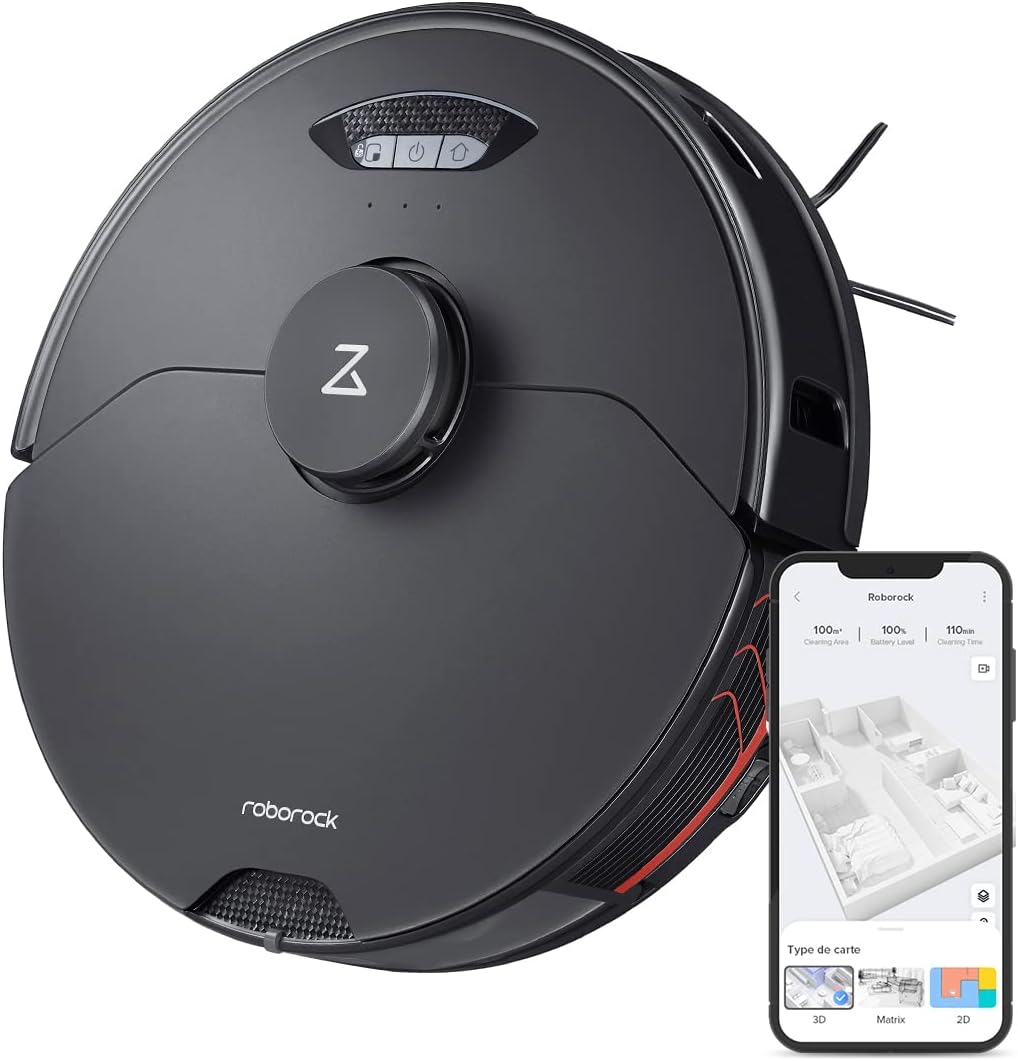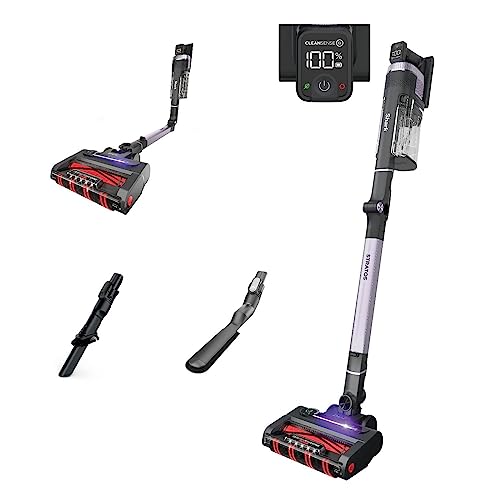Vacuum cleaners have transformed from bulky, cumbersome machines into sleek, multifunctional devices, making them indispensable in modern household cleaning.
This guide delves into the physics of vacuum cleaners, and their inner workings, types, and technological advancements.
Vacuums operate on a simple yet effective scientific principle: creating a pressure difference.
Much like sipping a drink through a straw, vacuum cleaners use an electric motor to generate negative pressure.
This pressure difference causes air to rush into the vacuum, carrying dust and debris with it, effectively cleaning surfaces.
Visual Look at How A Vacuum Cleaner Works
Check out the video below for a more visual explanation of the vacuum cleaner inner workings.
How Vacuum Cleaners Work
The creation of suction is the key to a vacuum cleaner’s functionality.
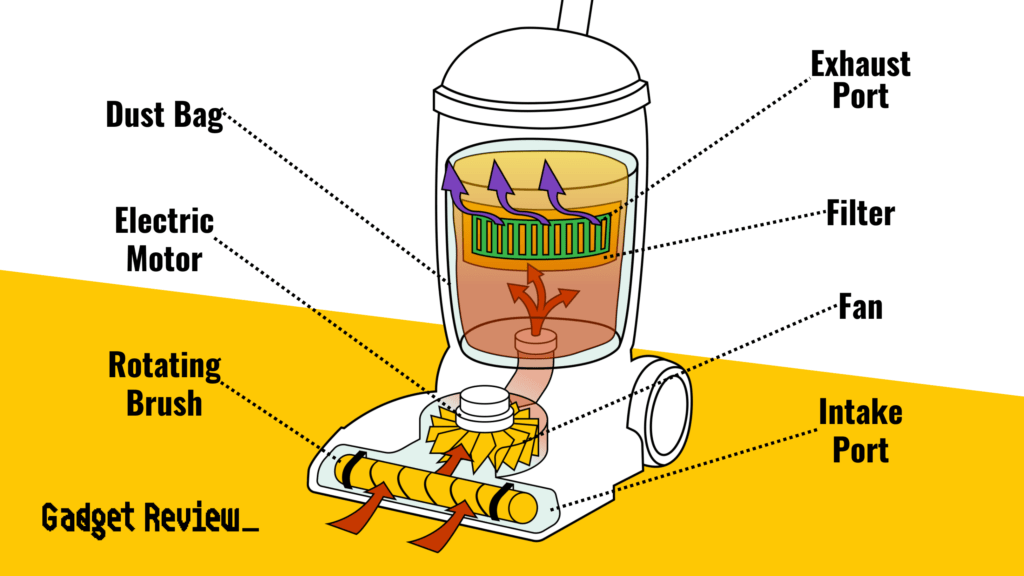
This is achieved by an electric motor that powers a fan with angled blades. As the fan spins, it propels air towards the exhaust port, creating a low-pressure area inside the vacuum.
insider tip
Airflow is measured in cubic feet per minute (CFM). The higher the CFM rating, the more air the vacuum cleaner can move. This is important for cleaning carpets and rugs, as it helps to loosen dirt and debris from the fibers.
The vacuum responds by pushing air from a higher pressure area (outside the vacuum) into the lower pressure area (inside the vacuum), thus creating suction.
Key Components of Vacuum Cleaners
Vacuum cleaners share several key components despite their individual applications and use cases.
| Component | Description |
| Suction Motor | Vacuums rotate at speeds 30,000 to 35,000 RPM |
| Intake and Exhaust Ports | Air enters and exits to maintain airflow |
| Fan | Movies air to create pressure drop for suction |
| Dust Collection System | Bagged or bagless, with unique abilities to trap and contain dirt and debris |
| Filters | Multi-stage systems capturing large particles and microscopic dust |
| Brushes/Nozzles | Designed for specific surfaces and debris types |
Types of Vacuum Cleaners
Vacuum cleaners come in various forms, each catering to different cleaning needs:
- Upright and Canister Vacuums: Versatile and powerful, suitable for comprehensive home cleaning.
- Stick and Robot Vacuums: Convenient for quick clean-ups and automated cleaning routines.
- Specialized Vacuums: Including models for wet/dry cleaning, cyclone vacuums for enhanced suction, and central systems for whole-house cleaning.
Technological Evolution and Innovations
Over the past 32 years, companies like Samsung have been at the forefront of vacuum technology, introducing innovations that enhance power, efficiency, and convenience.
Cyclone systems, for instance, have revolutionized dust collection by using centrifugal force, eliminating the need for bags and maintaining consistent suction.
insider tip
Vacuum cleaner motors range in power from around 500 watts to 2,000 watts or more. This power rating determines the suction force of the vacuum cleaner. A higher-wattage motor will generally produce more suction, allowing it to pick up larger and heavier particles.
Robotic vacuums have brought automation into the picture, allowing for hands-free cleaning.
The Future of Cleaning
As we look ahead, the vacuum cleaner industry continues to innovate, promising more efficient, powerful, and user-friendly models.
With advancements in suction technology, filtration systems, and automated features, the future of vacuum cleaners is geared toward making cleaning an easier, more effective task for everyone.
Understanding the mechanics, types, and advancements of vacuum cleaners can aid in selecting the right model for your needs, ensuring an efficient and effective cleaning experience.
As technology progresses, we can expect even more sophisticated and convenient vacuum cleaners to become a part of our daily cleaning arsenal.




